Parsons Paris 2022 Fashion Studies Thesis
Today we begin the presentation of the thesis projects by the Graduating Fashion Studies class of 2022.
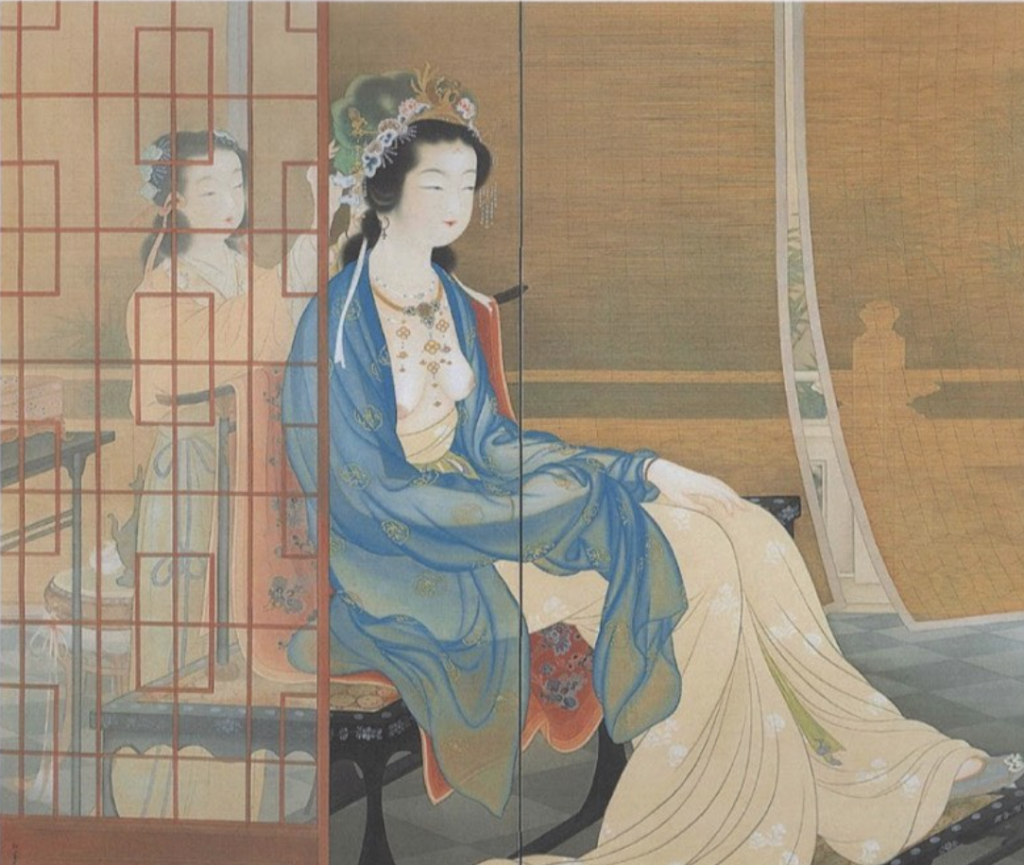
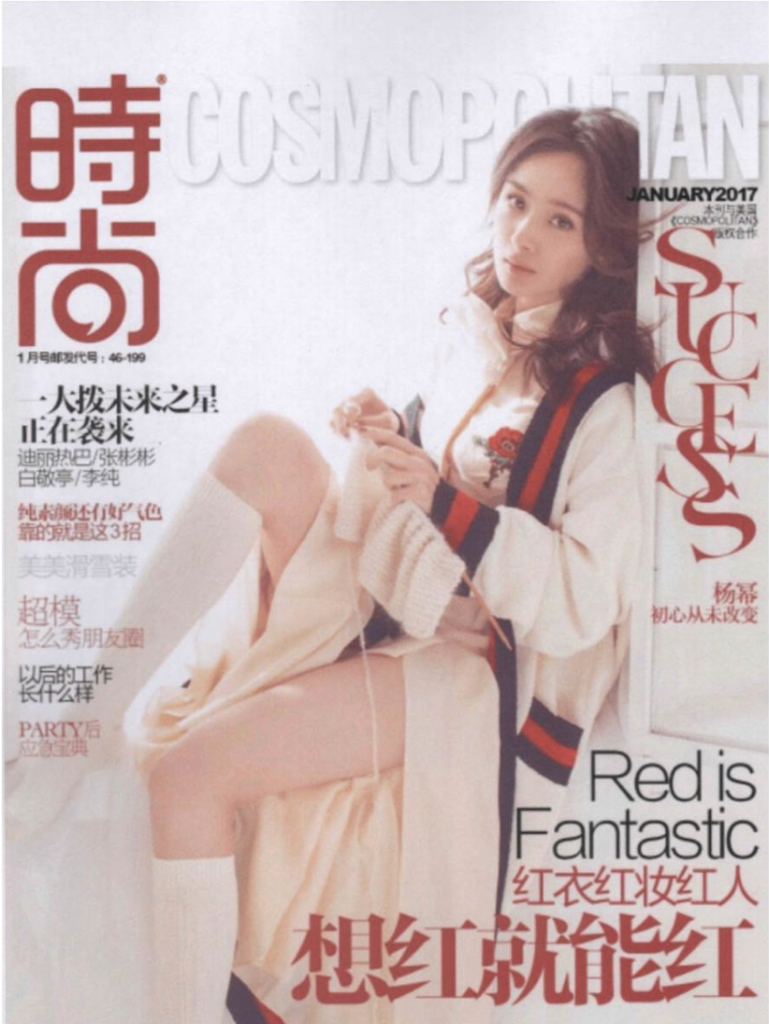
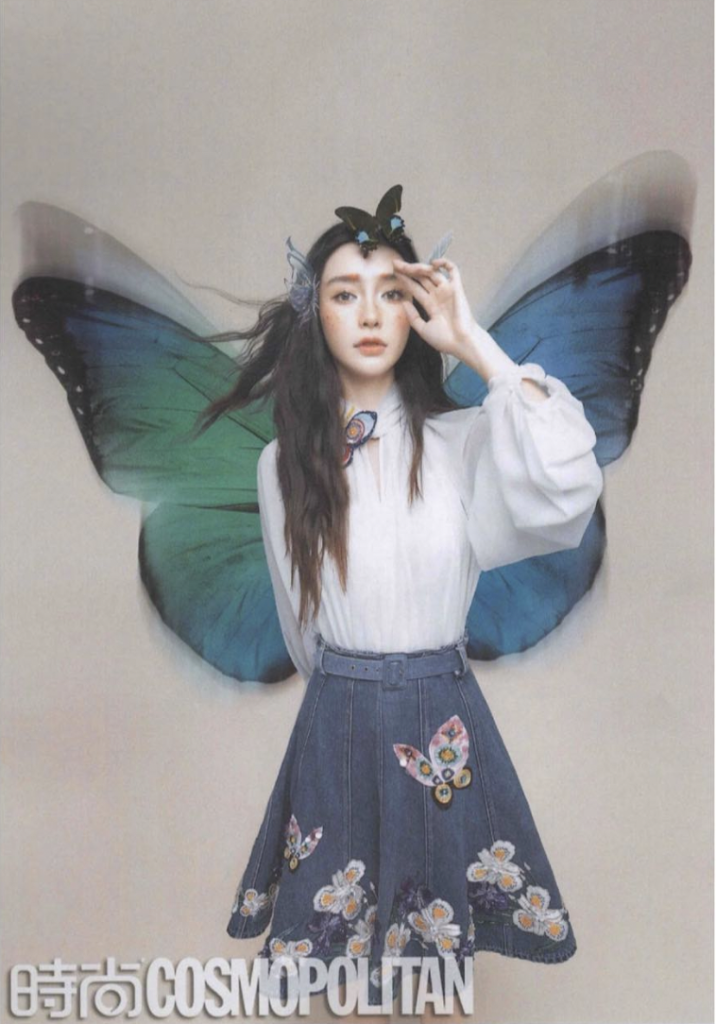
We are starting off the series with Jun Chen. Jun, holds a bachelor’s degree in multimedia and photography, explores women’s representation in high-end fashion publications (Chinese edition) throughout her master’s thesis.
This thesis explores modern Chinese women’s experience with body image and beauty standards concerning the “white, immature, thin” women popularized by Chinese fashion publications and fills in the gap in the discipline of fashion studies. Through visual analysis, as well as interviews conducted with ten young Chinese women, Jun forms a historical and social dialogue surrounding beauty standards in China.
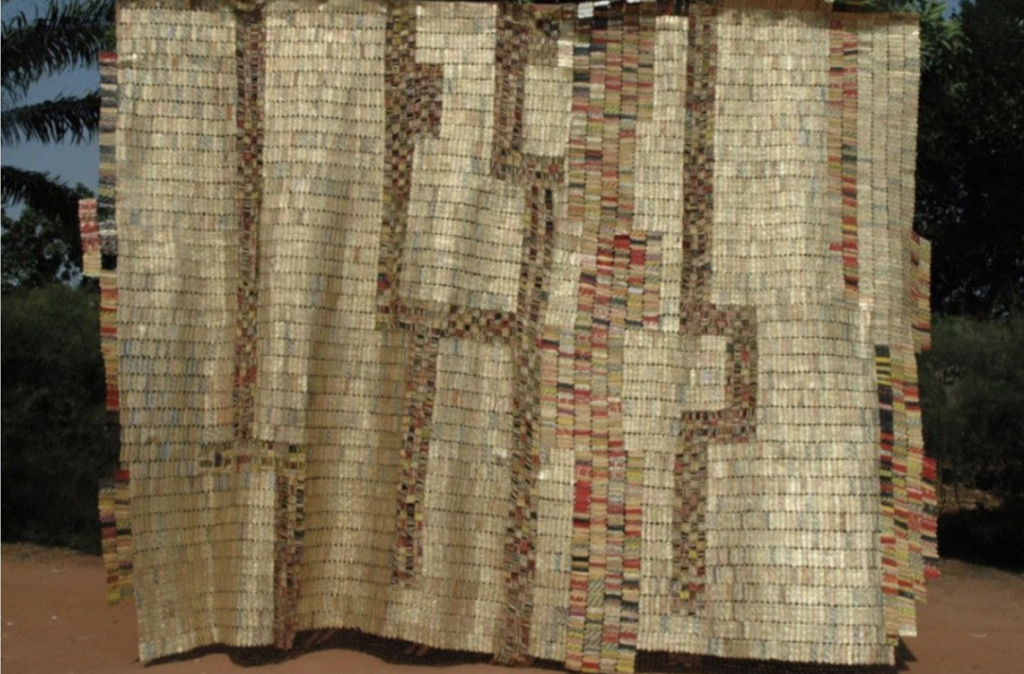
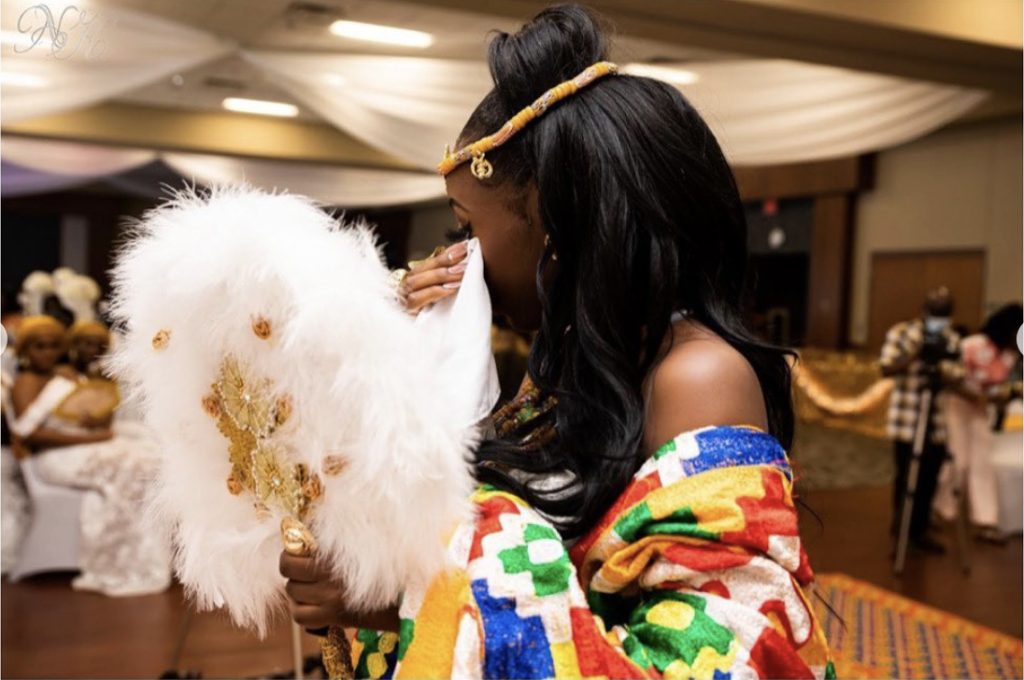
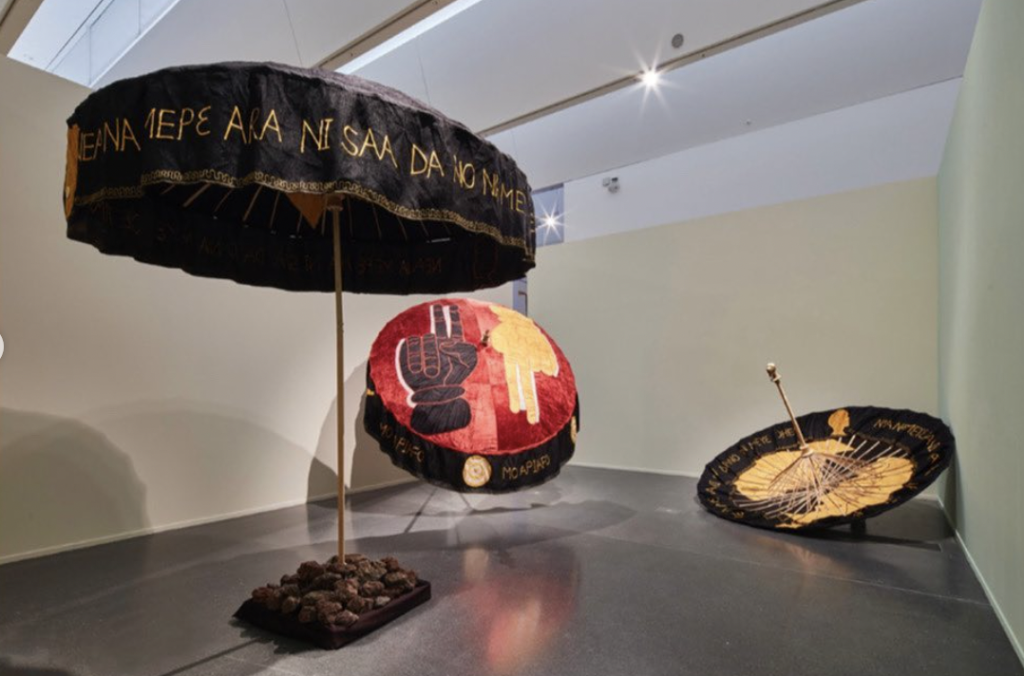
Expanding on her undergraduate streetwear collection titled I Used to love H.E.R., Jessica dedicates an ode to both adinkra and hip-hop by inviting two unique languages to converse with one another. Delving deeper into her research on adinkra and West African cultural heritage, she felt personally connected to a cultural value system that allowed her to provoke intellectual discussions while also addressing the fashion system. Engaging with a rich heritage to propose a new theory and framework, she seeks to shift the paradigm on modernity and present a more ethical approach to fashion history – fashion ethos.
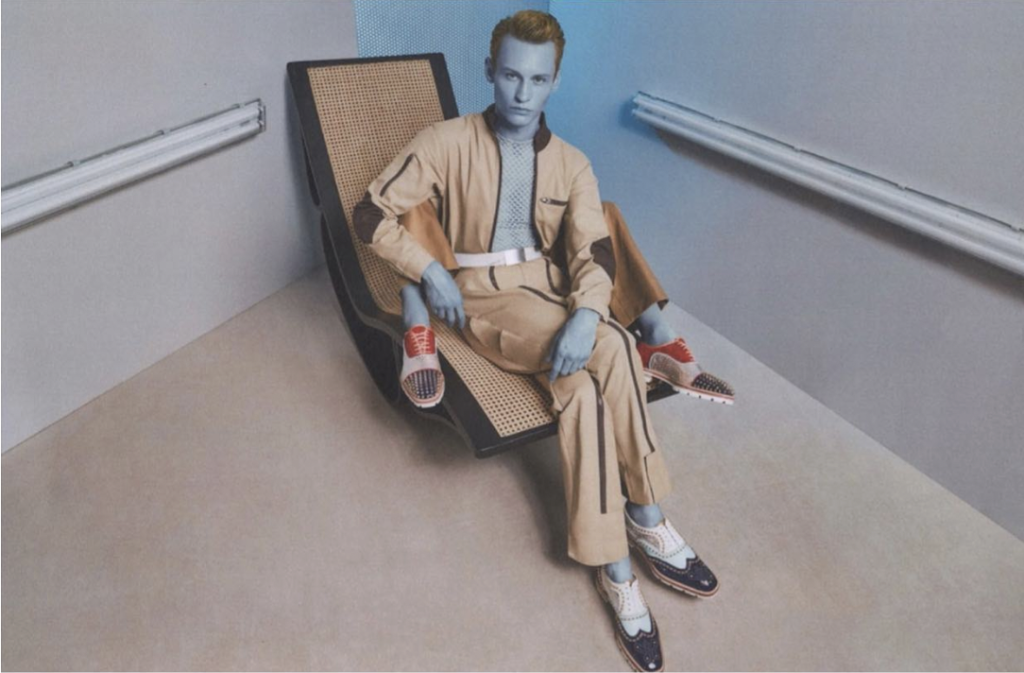

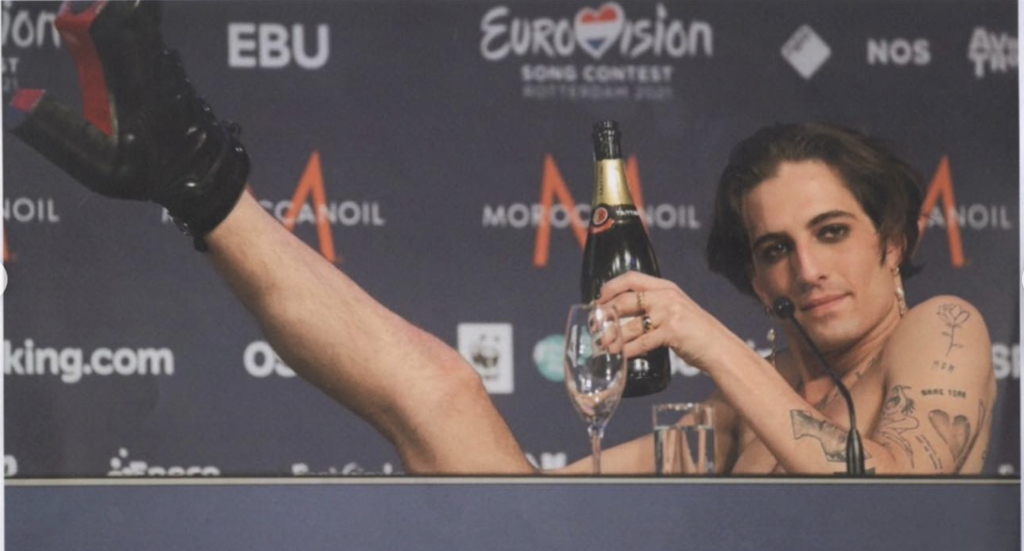
Our next graduate is Ida De Ioanni who previously graduated in Design and Visual Communication at the Polytechnic of Turin. She is currently specializing in brand’s archive management as well as in the more vast field of the discursive construction of a gendered heritage in fashion houses.
In her thesis titled Shoes, Masculinities and Performance: The Case of Christian Louboutin, Ida explores the Crapamale shoe and its dialogues between camp and masculinity. Ida focuses on an image produced for Christian Louboutin’s 2017 Spring/Summer Hybrid capsule collection in which a model is made to look like an alien is used to represent the shoes. The character, who is depicted in order to represent the ‘hybridity’ of the collection – and of the client’s targets, joins human facial expression with the deformed multi-legged blue body. The hybridity, and the ‘cultural’/geo (or other planets) graphical belonging of the represented androgine creature is made unclear by the use of contrasting terminology in the text that joined the launch of the visual campaign…Objects and persons that are camp “contain a large element of artifice.” Nature, life, cannot be camp.
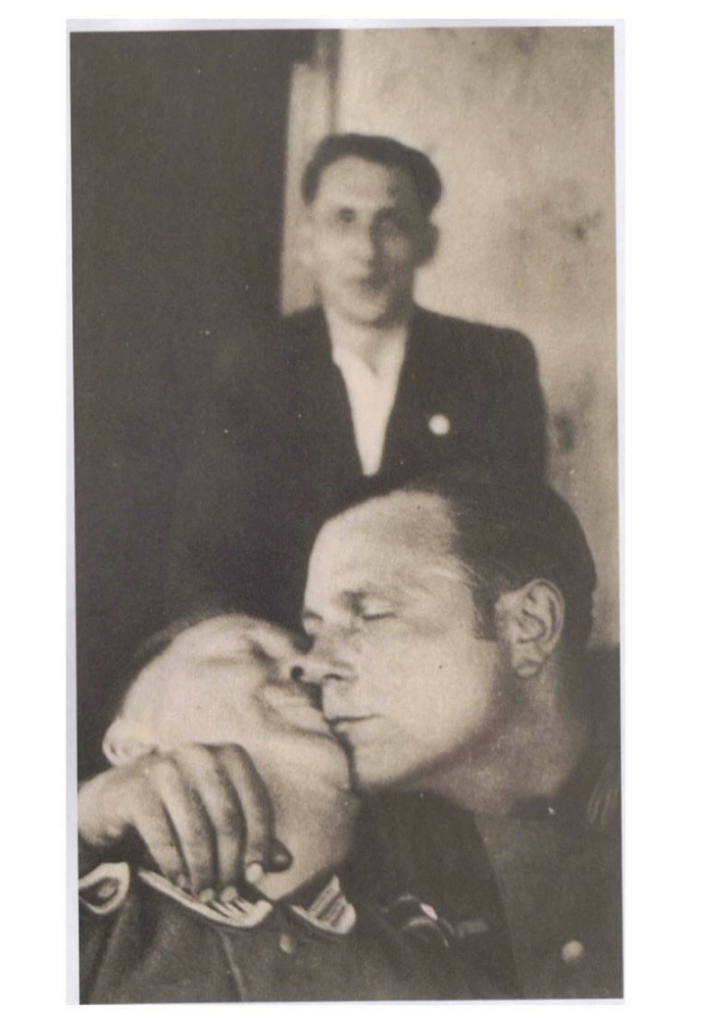
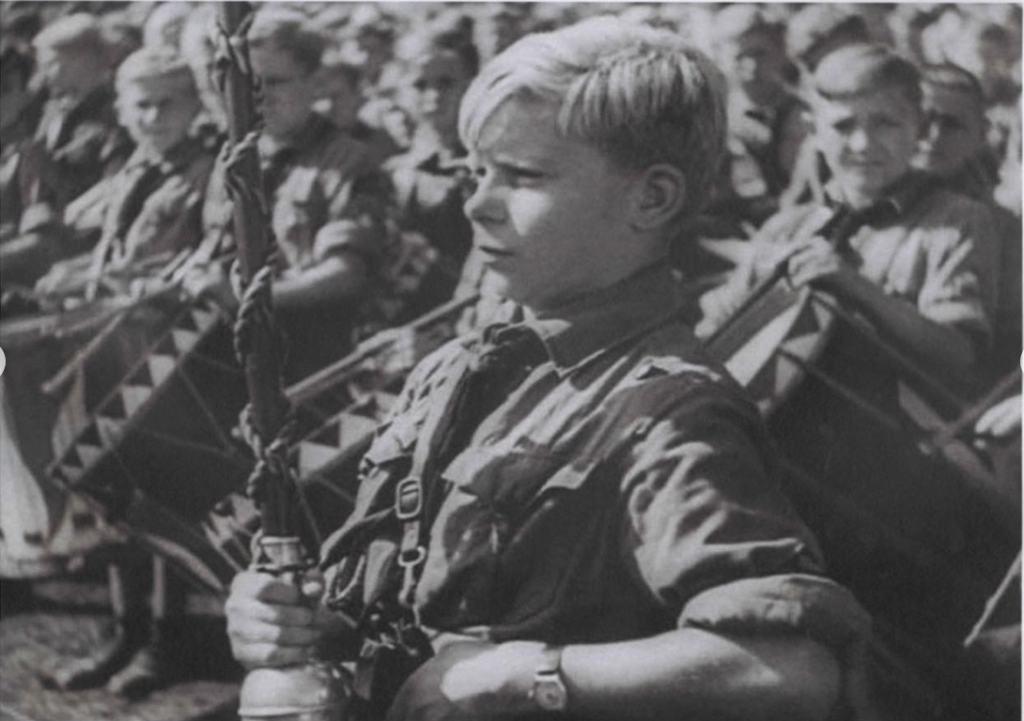
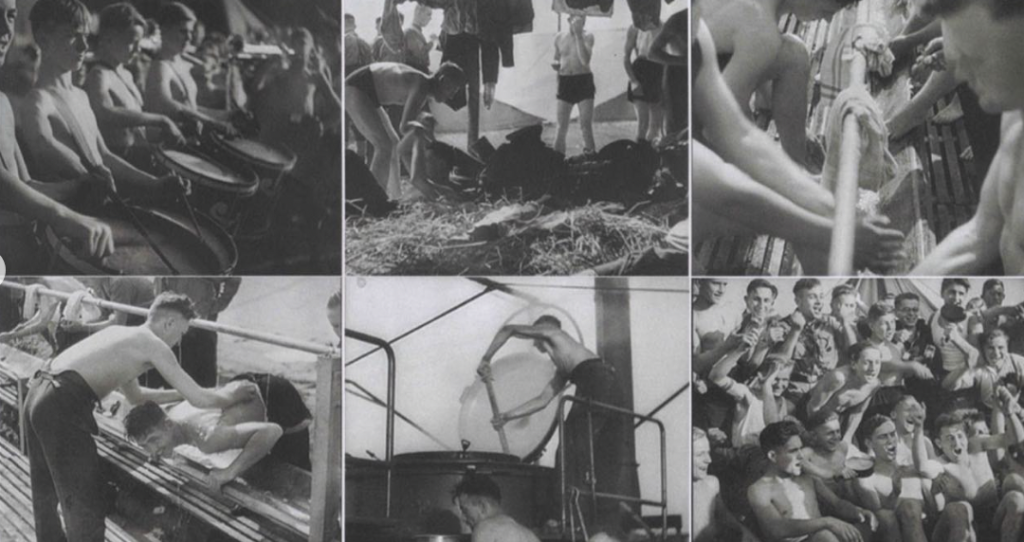
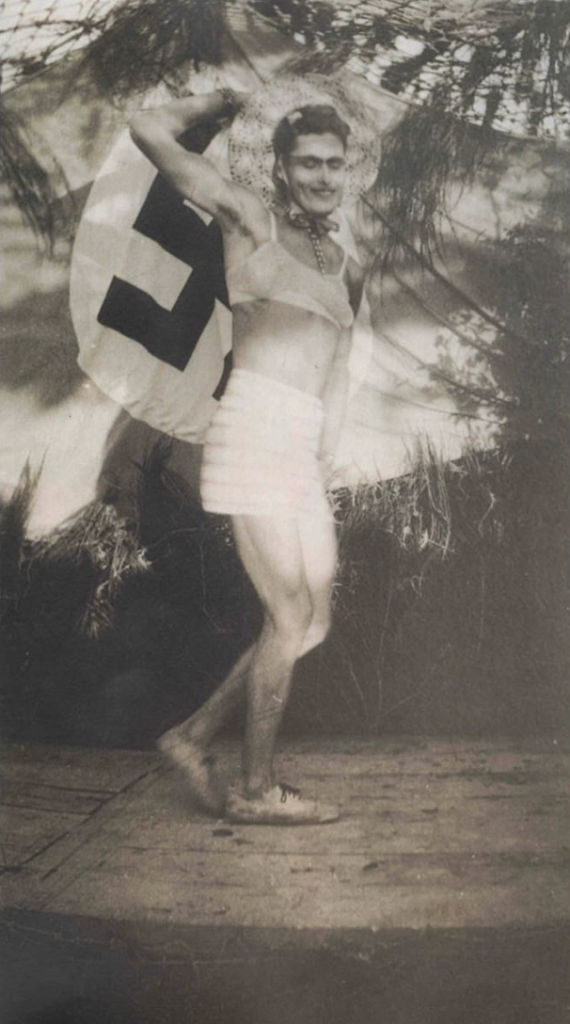
Our next graduate Renata Hernández previously obtained a degree in fashion design at the Universidad Iberoamericana Mexico City. Renata is interested in studying fashion in connection to historical and anthropological processes.
Her thesis explores space and exertion, and resistance of an idealized masculinity during Nazism. This thesis is intended to allow an analysis of masculinity as not a mere systemized overreaching discourse, which implies a sort of unchallenged mechanization in the making of the mind and body, therefore, perceiving the make body as a passive entity, but also to acknowledge the intersectionality aspect that troubled the implication and application of a protean masculinity in the German male population under Nazism.

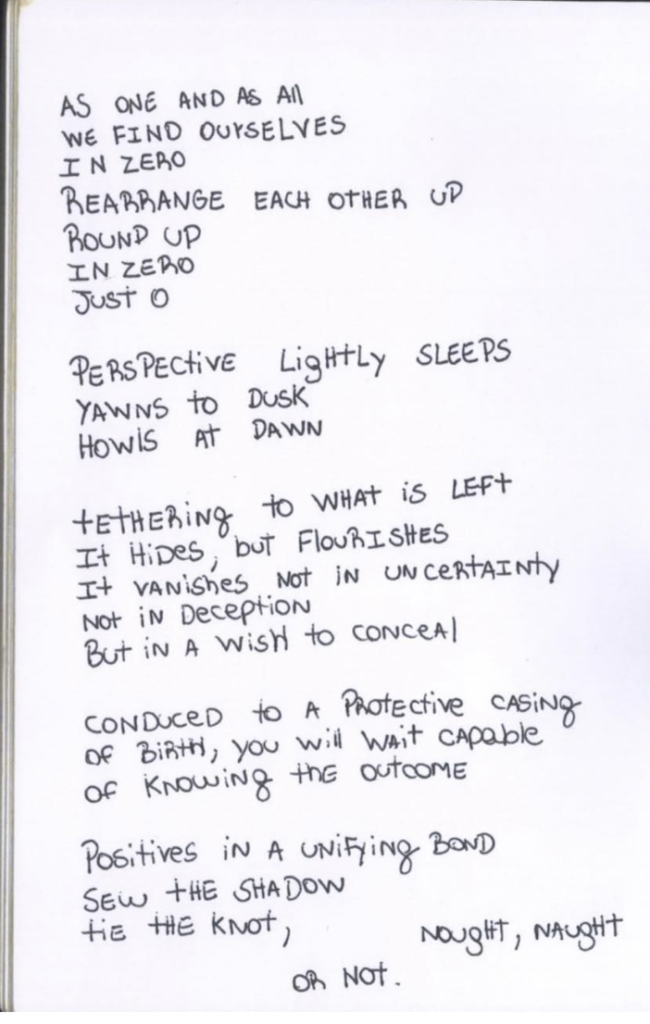
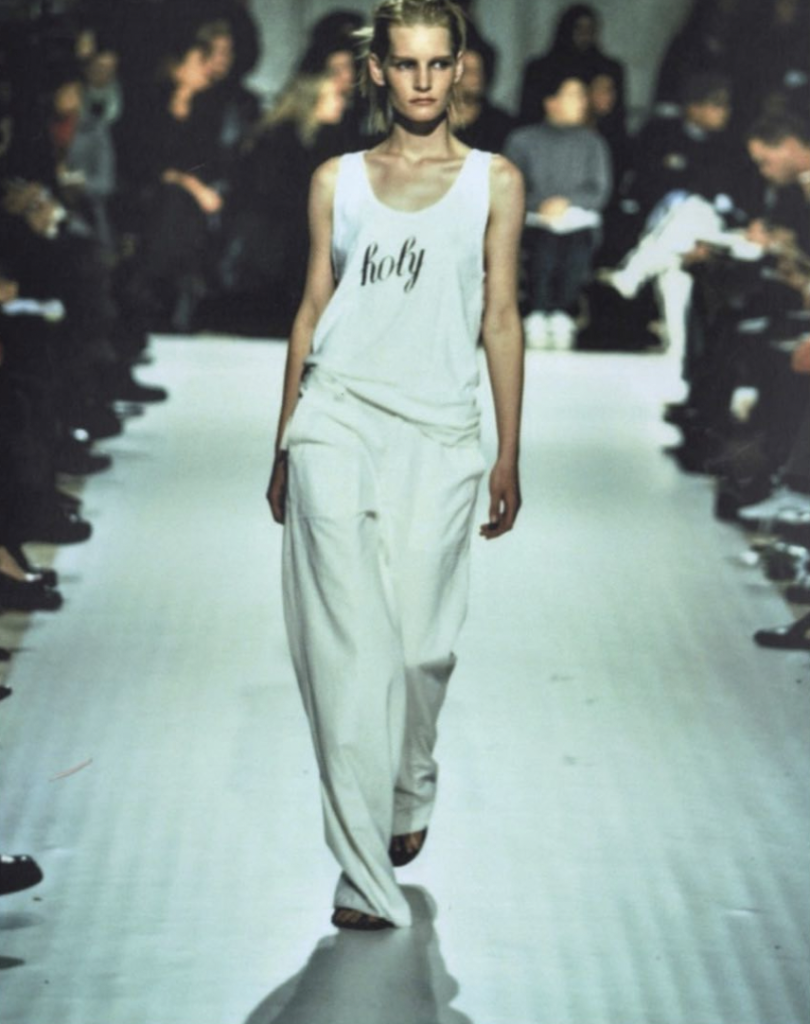
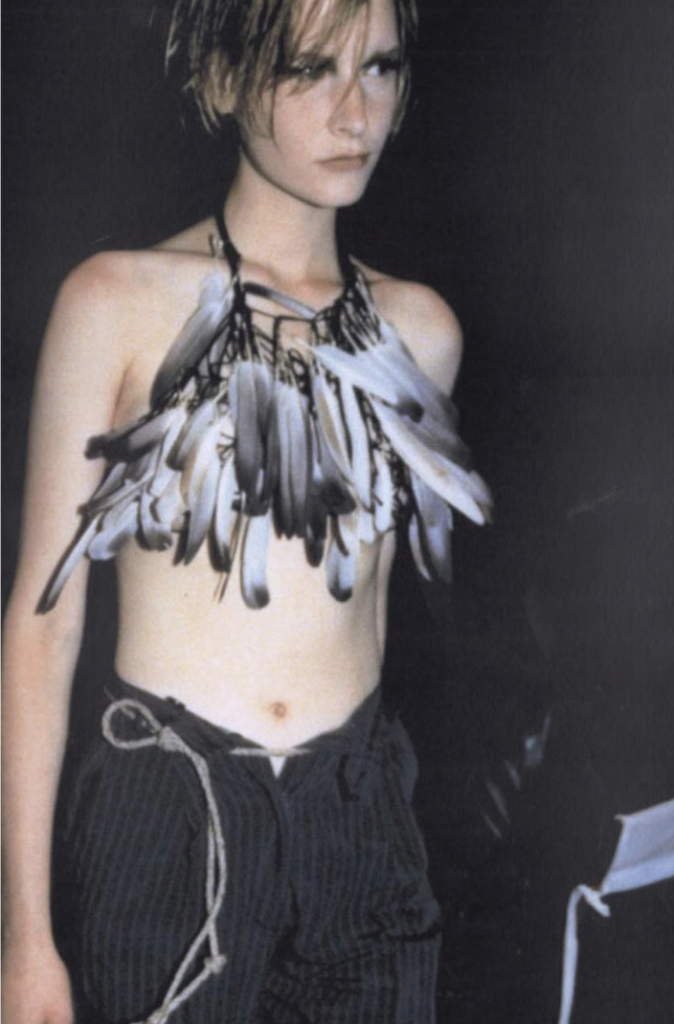
Our next graduate is Mary Kelleher, Mary completed her undergraduate degree in Classics at Trinity College Dublin in 2020.
This thesis addresses the lack of analysis of the relationship between fashion and poetry from a Fashion Studies perspective. More specifically within this relationship, it examines fashion shows and poetry. From the early performative poetry of Alcman, to Baudelaire and Mallarmé’s mid-nineteenth century fascination with fashion, to contemporary fashion’s use of poetry, a dialogue has always existed between both forms of artistic expression. By understanding both fashion shows and performative poetry as ritualized practices, Mary unpacks these relations through an examination of female agency, textile and myth.
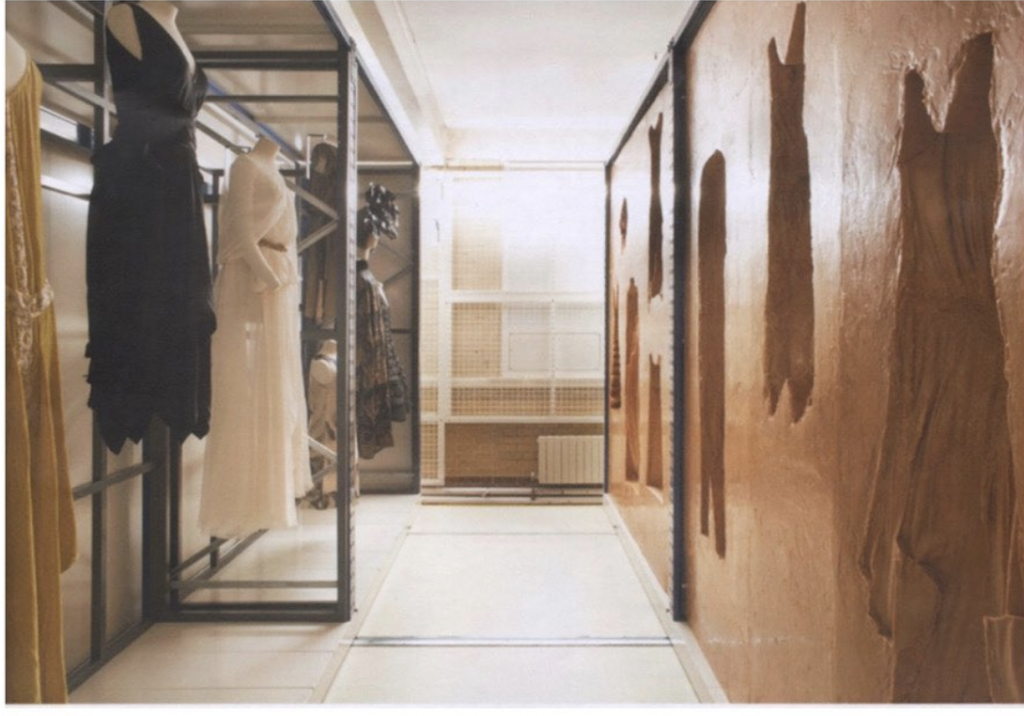
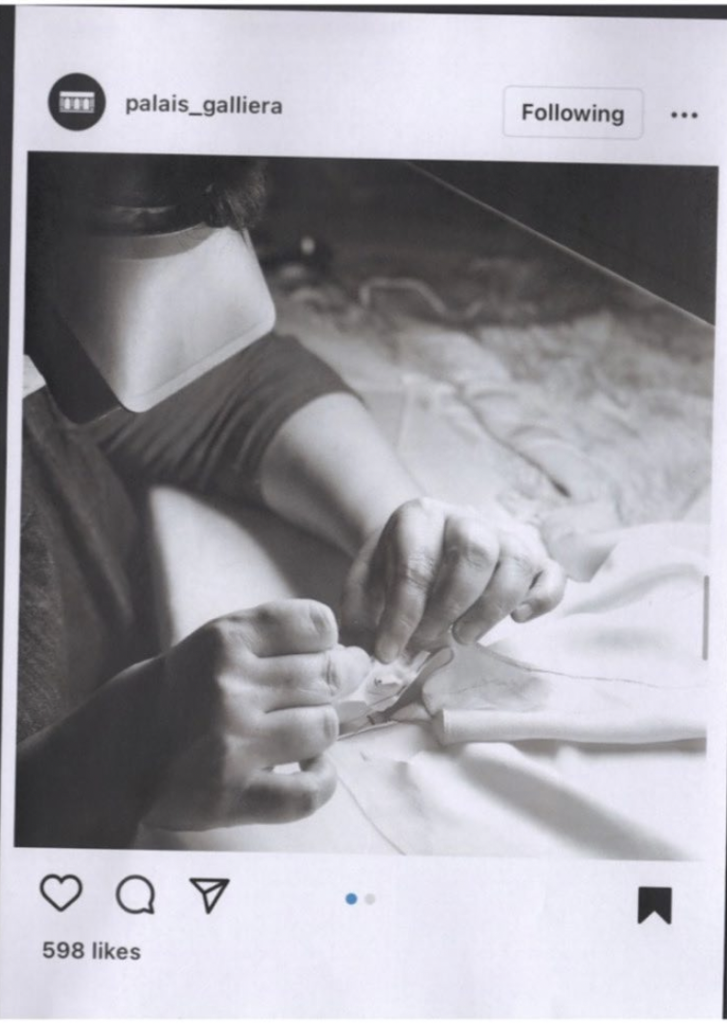
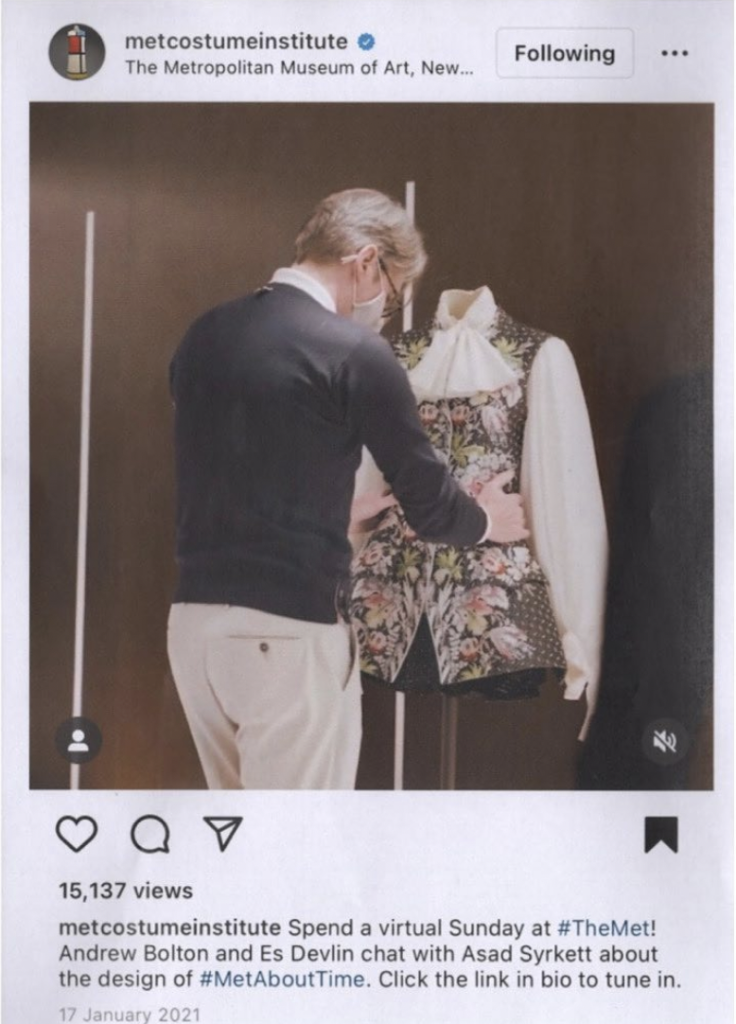
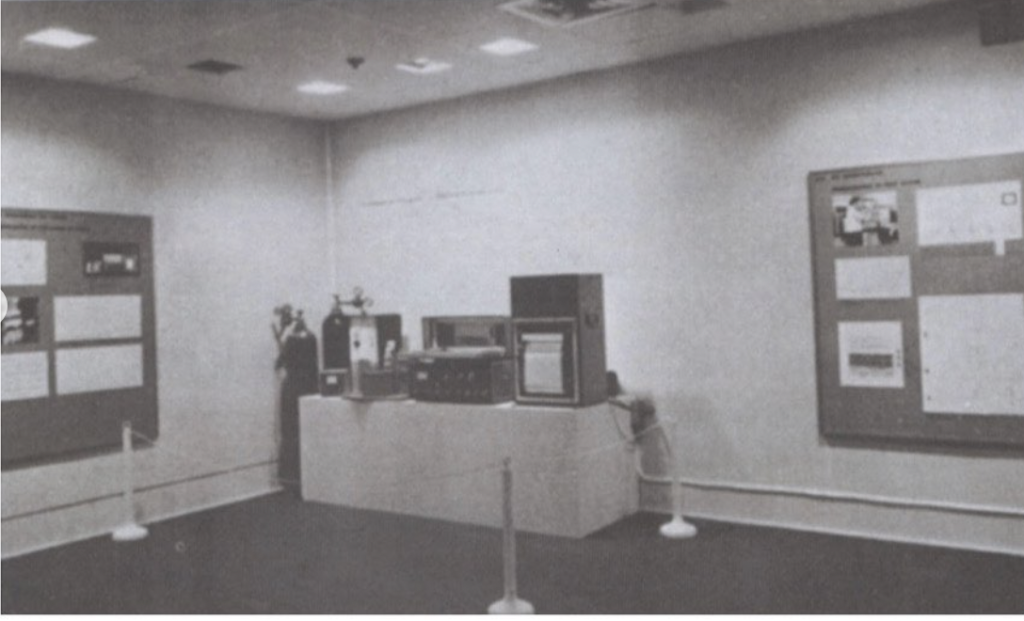
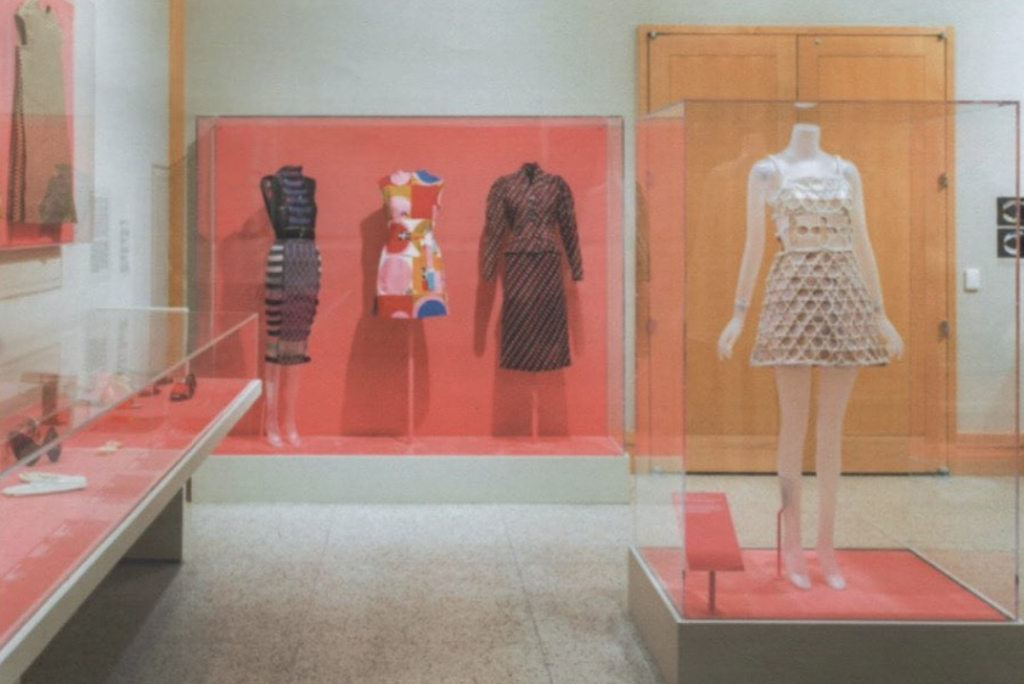
Ayaka Kitagawa is an aspiring fashion curator and specialist in fashion heritage communication and public relations, who holds a BA in economics from Keio University in Tokyo.
This thesis explores the public nature of curators and directors within museums in contrast to the private, almost ghost-like nature of conservators in relation to the studying and displaying of garments. This is done in part through an instagram analysis of several museum and fashion related accounts in which at times conservators are used almost as props – not being tagged or given credit for the work that they are doing, contrasted with directors, curators and sometimes even brand representatives being named.
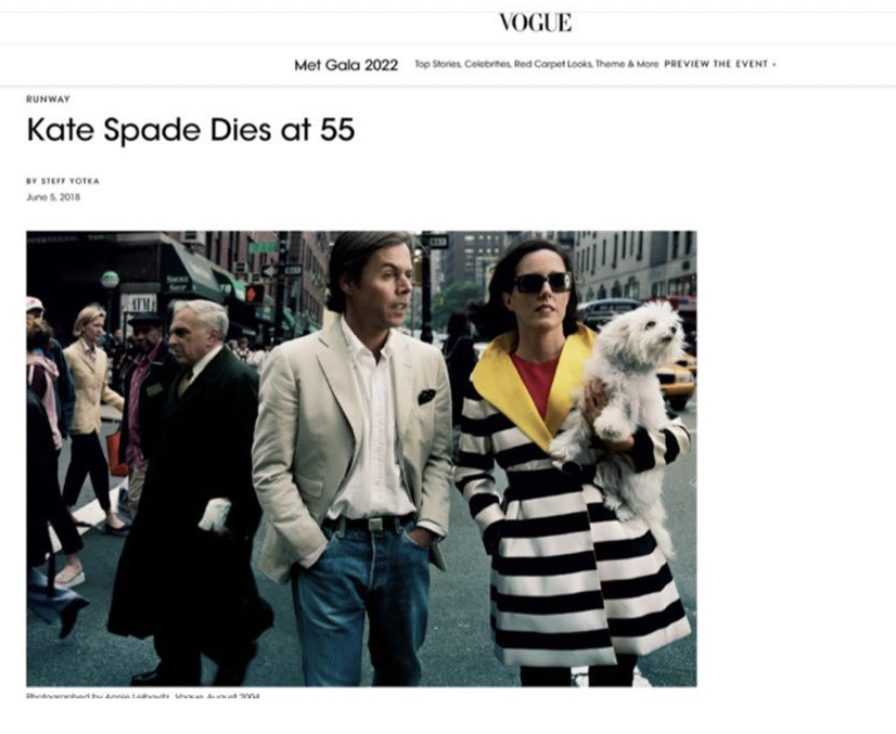
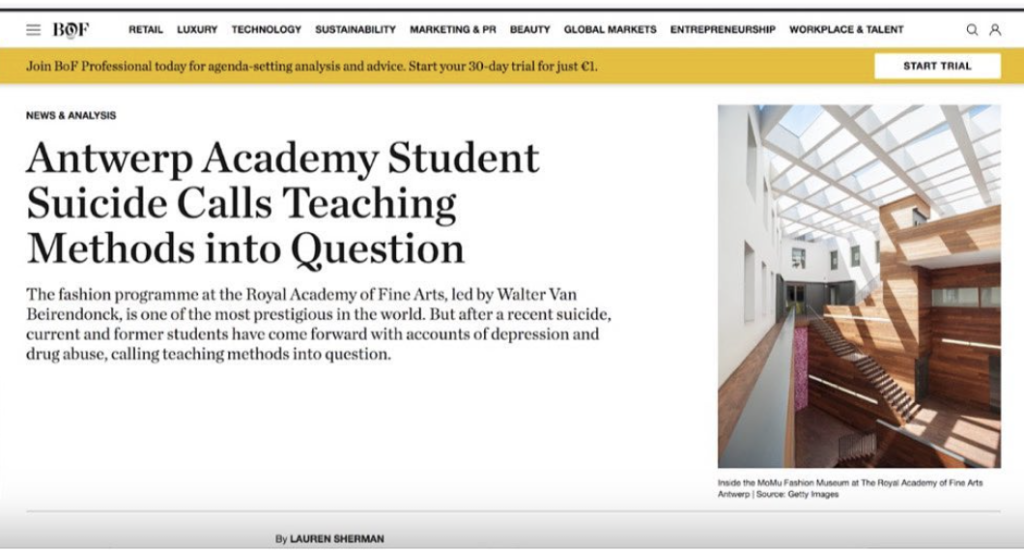

Natalie Labarbera is graduating from Parsons with a master’s in Fashion Studies and has focused much of her time on studying fashion writing and journalism. Drawing from her undergraduate education in psychology, she focused her thesis on well-being in fashion journalism. She is passionate about promoting ethical practices and mental health within the fashion industry.
This thesis centers around the question of how the personal well-being of fashion professionals is affected in instances where creativity can be restricted or stifled in any manner regarding the type of work they produce.
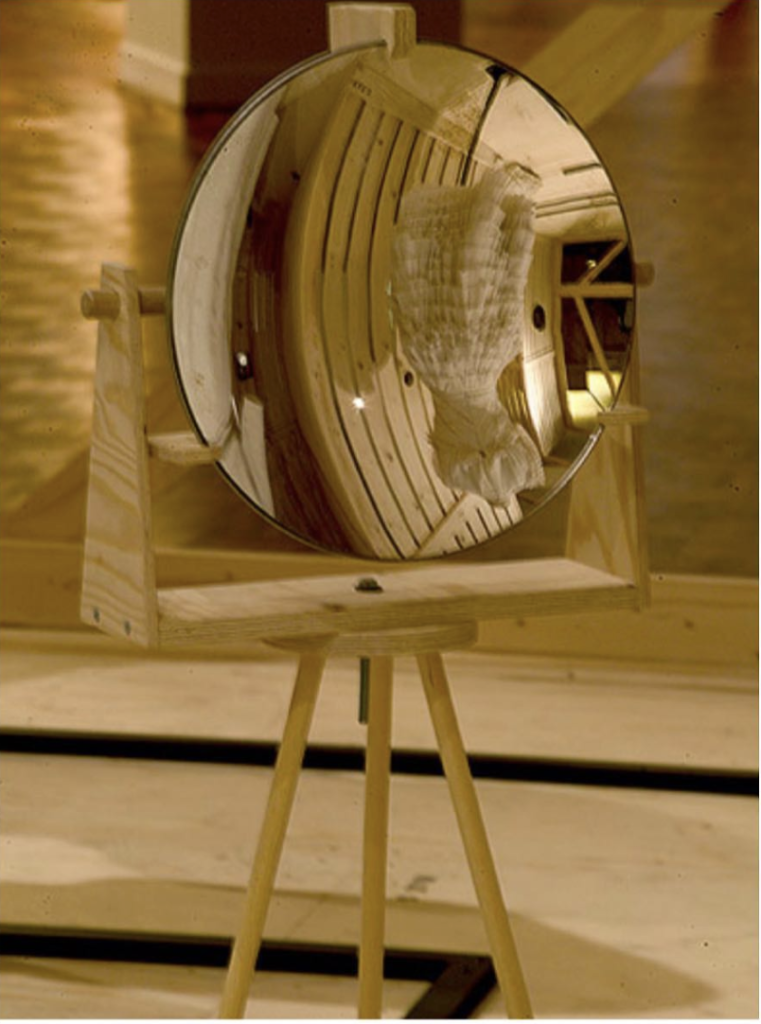
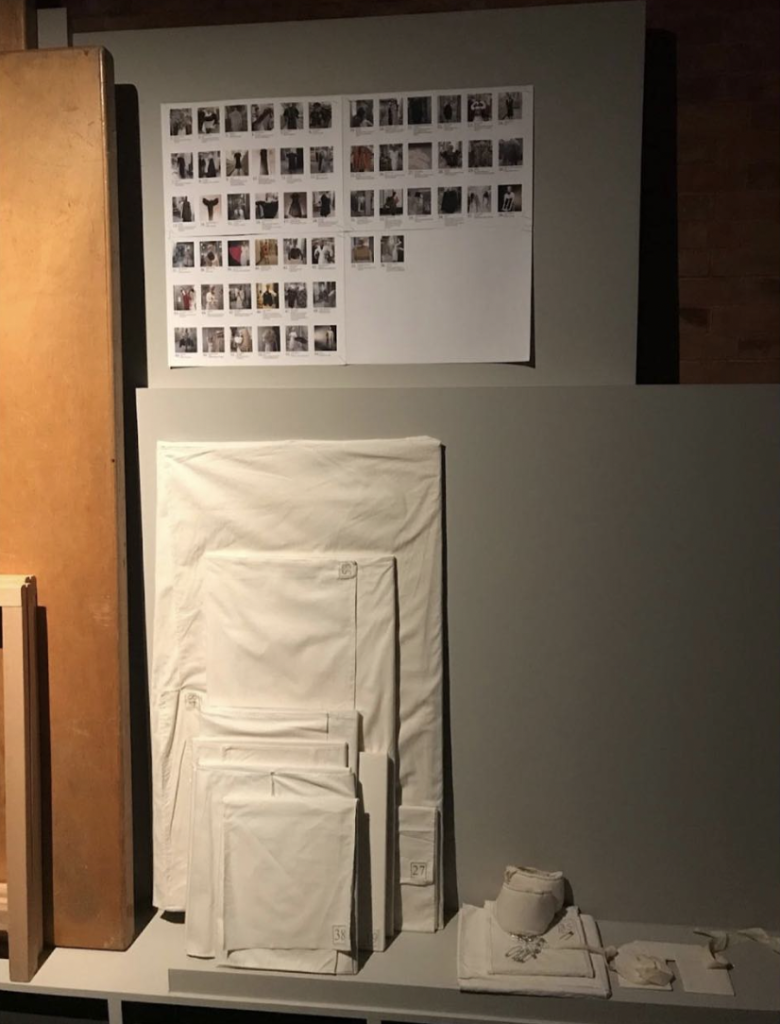
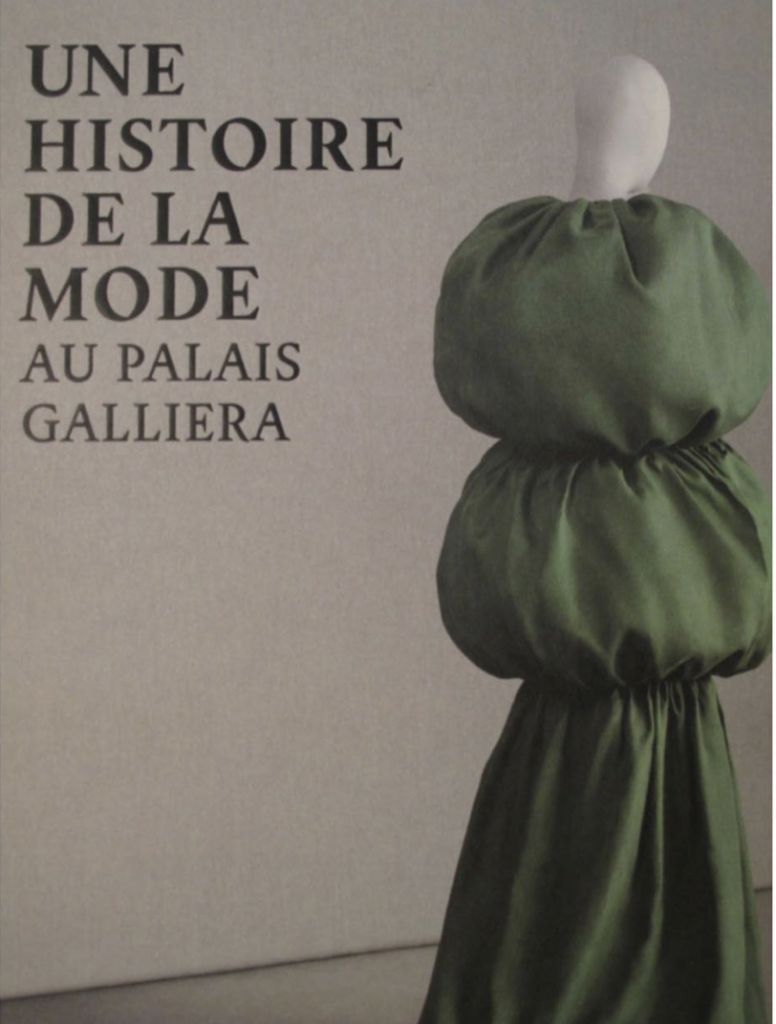
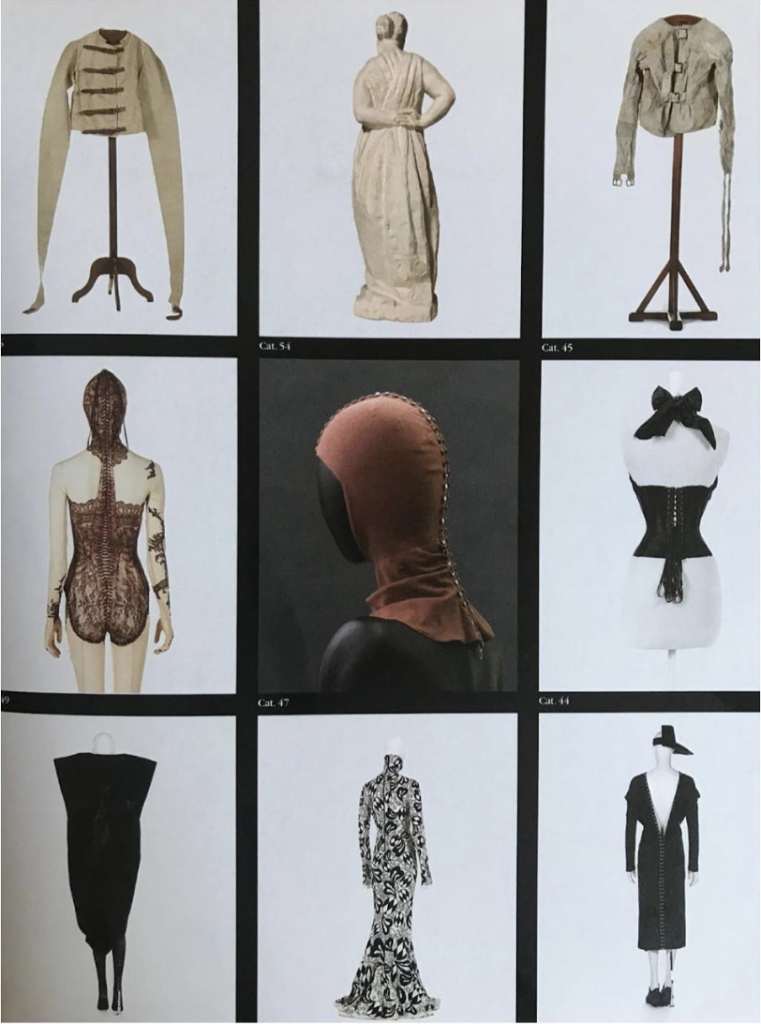
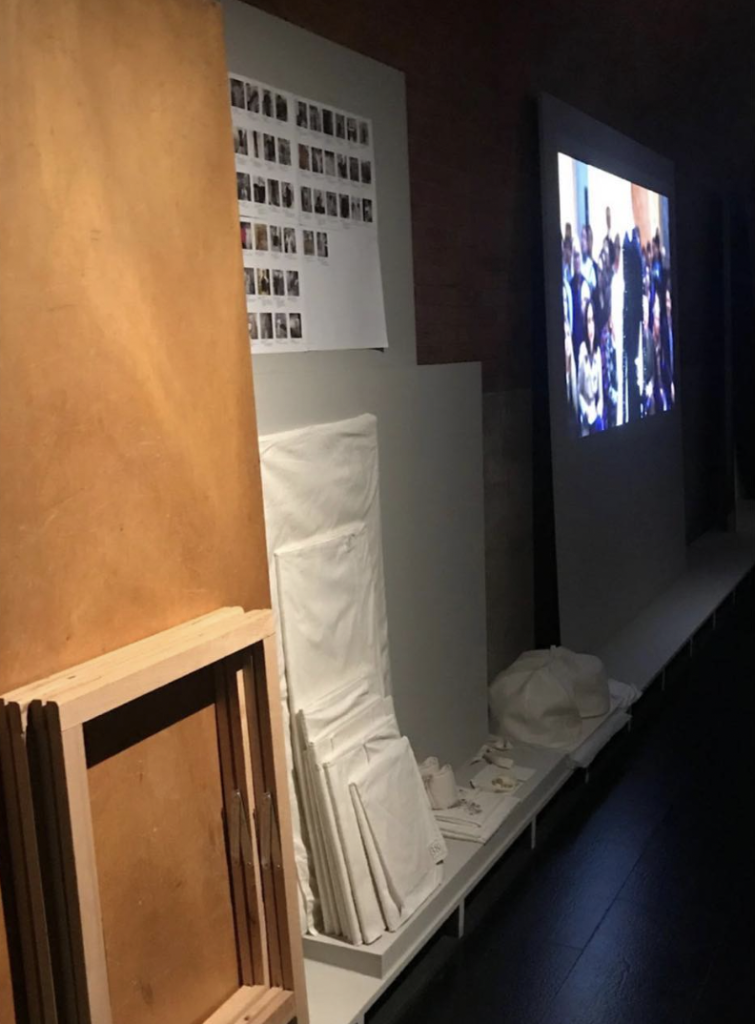
Our next student Steph Lever is a second-year Masters student in Fashion Studies at Parsons Paris / The New School having completed an undergraduate degree in English Literature at the University of Bristol. Her research interests currently lie in the fields of fashion heritage, museology, and curation, and is undertaking her postgraduate thesis focusing on the construction of the gaze within the space of the fashion museum, in partnership with Palais Galliera – Musée de la Mode de la Ville de Paris.
“Through the primary case study of Palais Galliera: Musée de Mode de la Ville de Paris, as well as various other fashion and art exhibitions, this paper intends to uncover how discourses of the gaze are constructed and played out in the space of the fashion exhibition. It will also examine how these ideas might affect the way that the exhibition is curated and in turn received, and if the different ways of seeing a fashion exhibition impact the effective transmission of knowledge from curator to spectator. Ultimately, it is my hope that this research will have implications on how we can construct the museum and exhibition as a place for the transmission of knowledge. I suggest a potential reconsideration of the manner in which museological institutions understand the experience of the exhibit, and how they conduct their research into exhibition reception.”
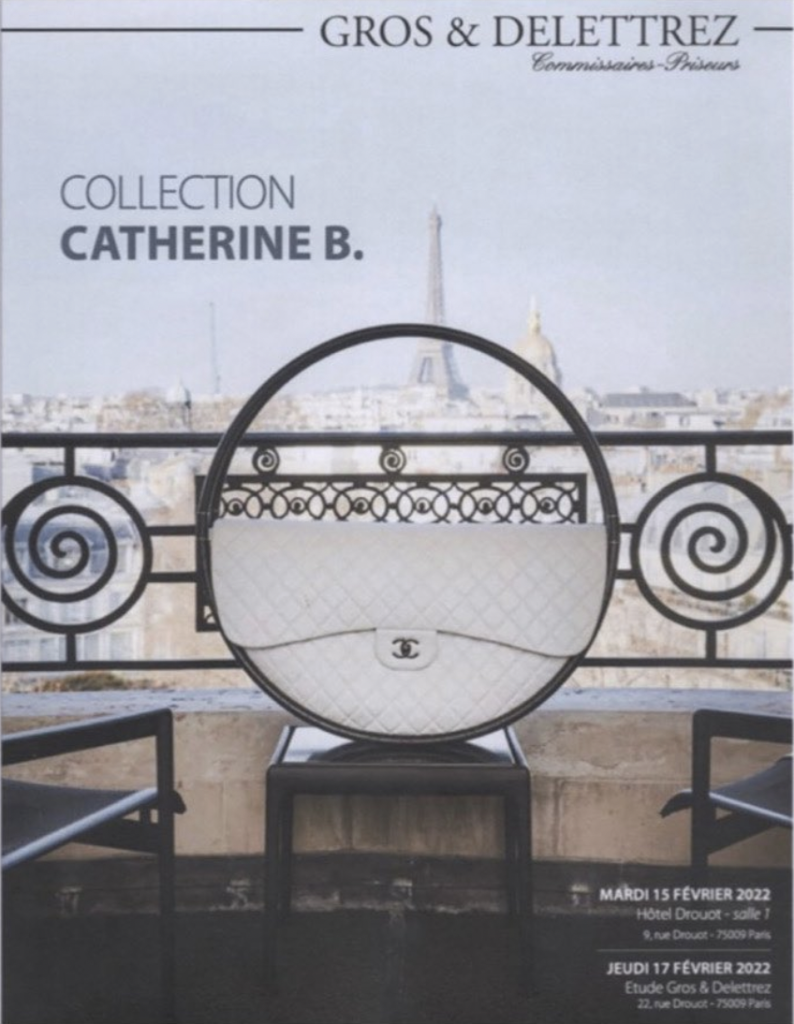
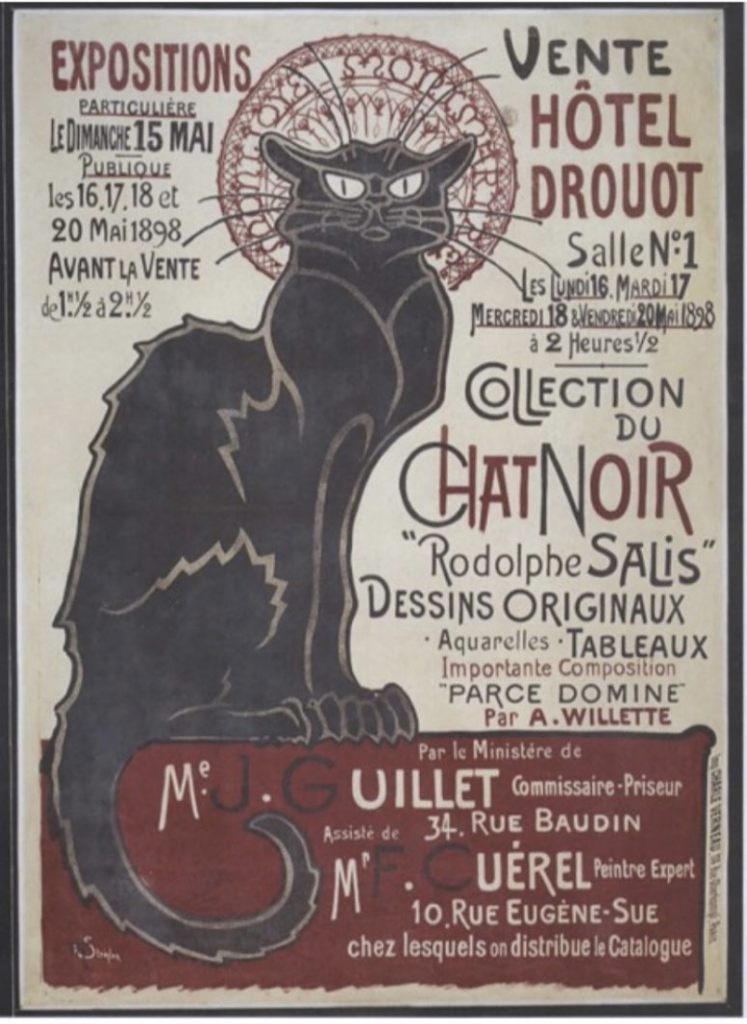
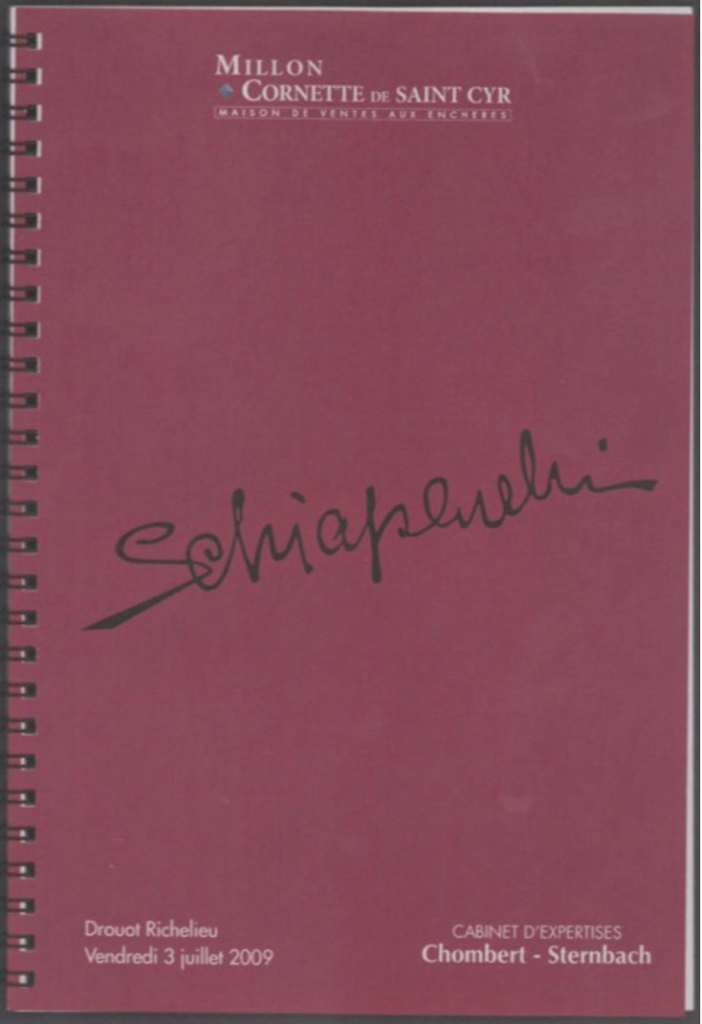
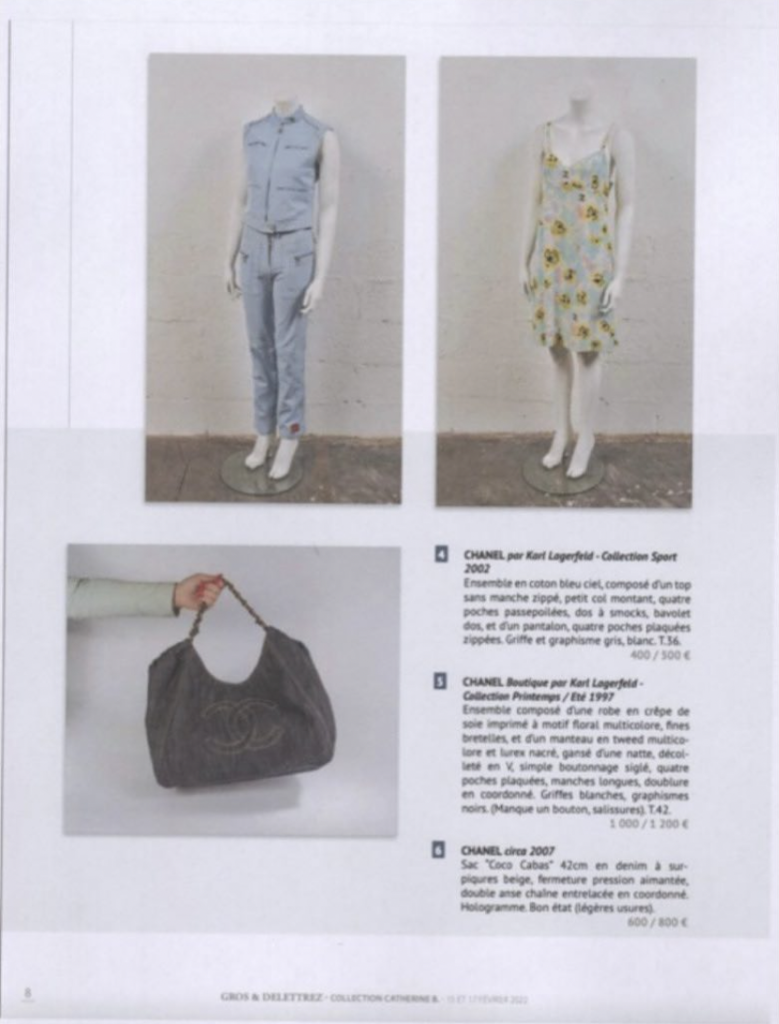
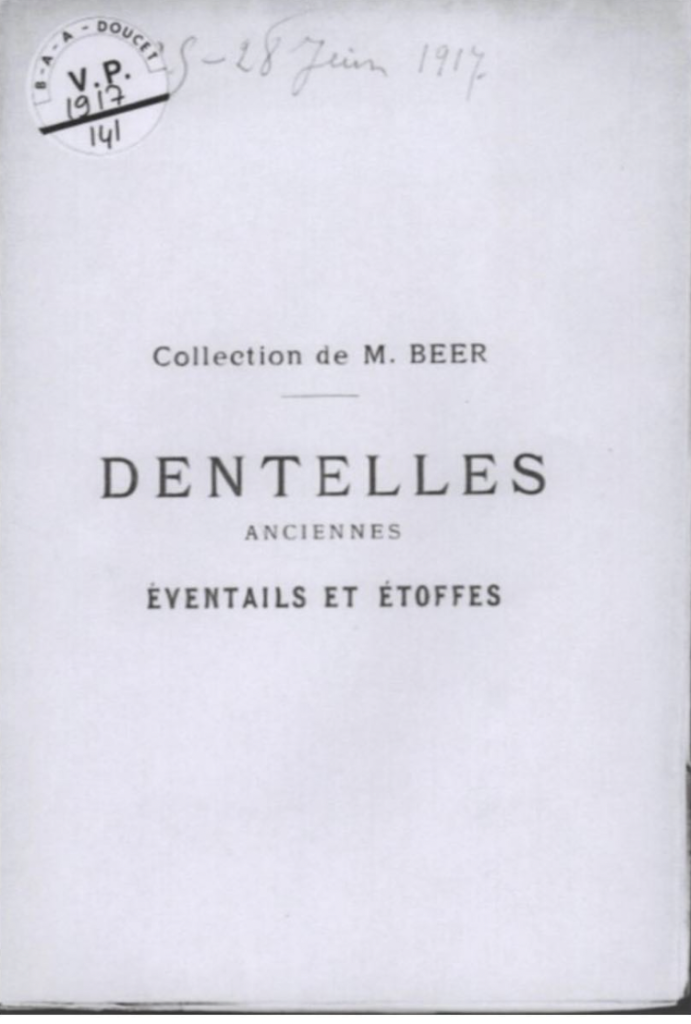
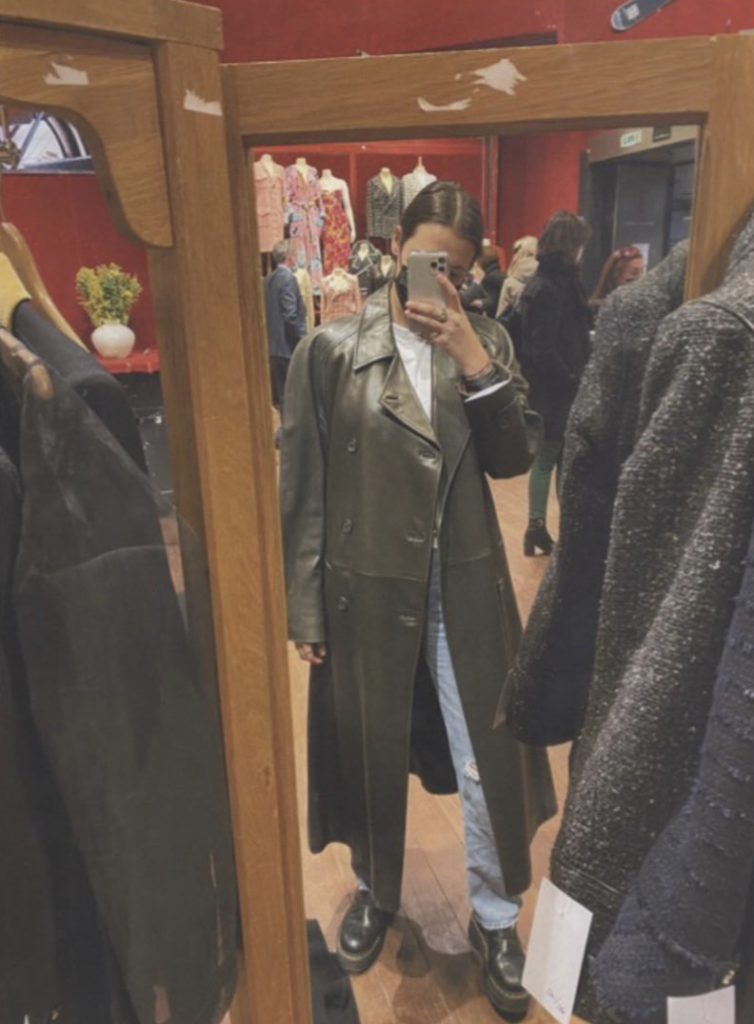
Jacqueline Lopez is a twenty-four year old American who is originally from Detroit, Michigan. She previously attended The University of Miami, Florida where she studied Entrepreneurship, Accounting, English, and Journalism. After obtaining her undergraduate degree she decided to follow her passion for fashion which, inevitably, led her to the Fashion Studies Masters program at Parsons Paris. Moving to Paris not only opened her eyes to the world but also allowed for many different internship opportunities. These opportunities included working for Mastermind Magazine, working with Fédération de la Haute Couture et de la Mode during Fashion Week 2021, and working alongside the professionals at Personae Consilium as a talent agent assistant.
Jacqueline’s thesis explores a unique space associated with the modern-day French auction system, located in Paris, France, and fashion’s role within it. The research stems from various works related to auction houses, in general, and aims to fill a gap within this area as it relates to fashion. Today, there are so many new and innovative spaces where one can find fashion, one space that is often overlooked, but just as crucial, is that of the auction house and spaces associated with it. Although, mostly, affiliated with the acquisition and auction of historical pieces of fashion, most houses also sell high end fashion merchandise like those found on resale platforms. The significant aspect that will be analyzed and discussed is how the unique space subject of the case study within this thesis, specifically, is a place where one can find and interact with fashion. It also aims to highlight that this unique space is one where different kinds of spaces intersect, therefore, revealing its dynamic capabilities as not only a geographical space, but also a commercial, cultural, and emotional space. All these spaces, along with their definitions, affect the fashion they house differently, and therefore, interact for it differently as well. This thesis will explore these different definitions and the unique interactions made with them by both the auction house and the consumers.
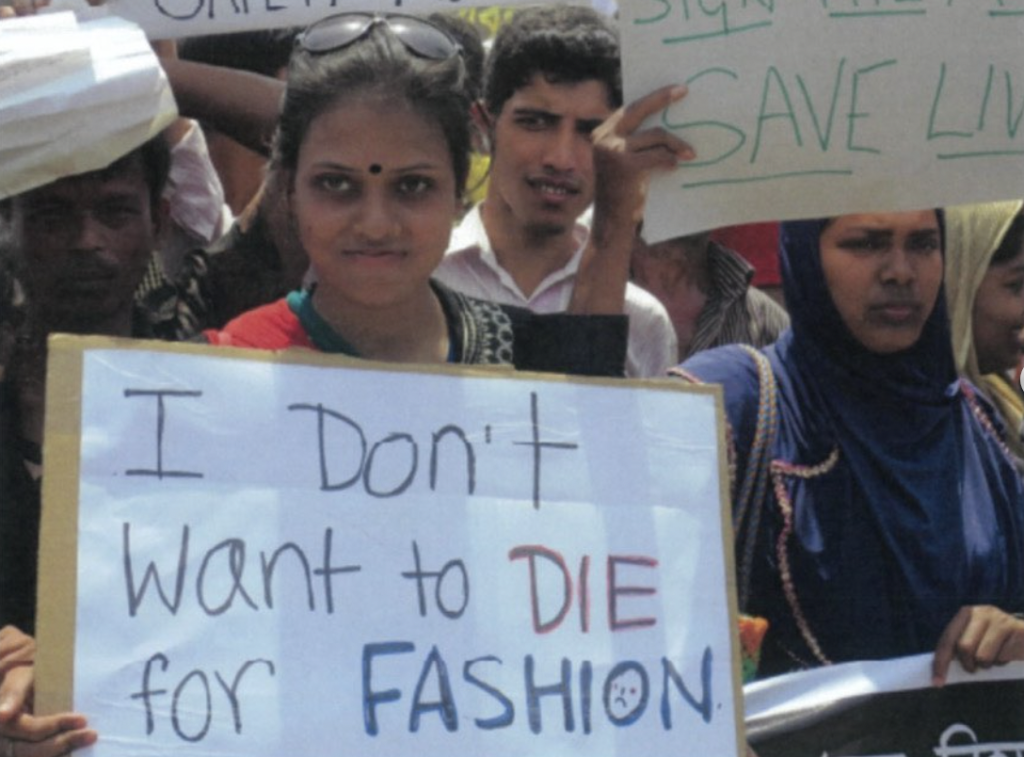
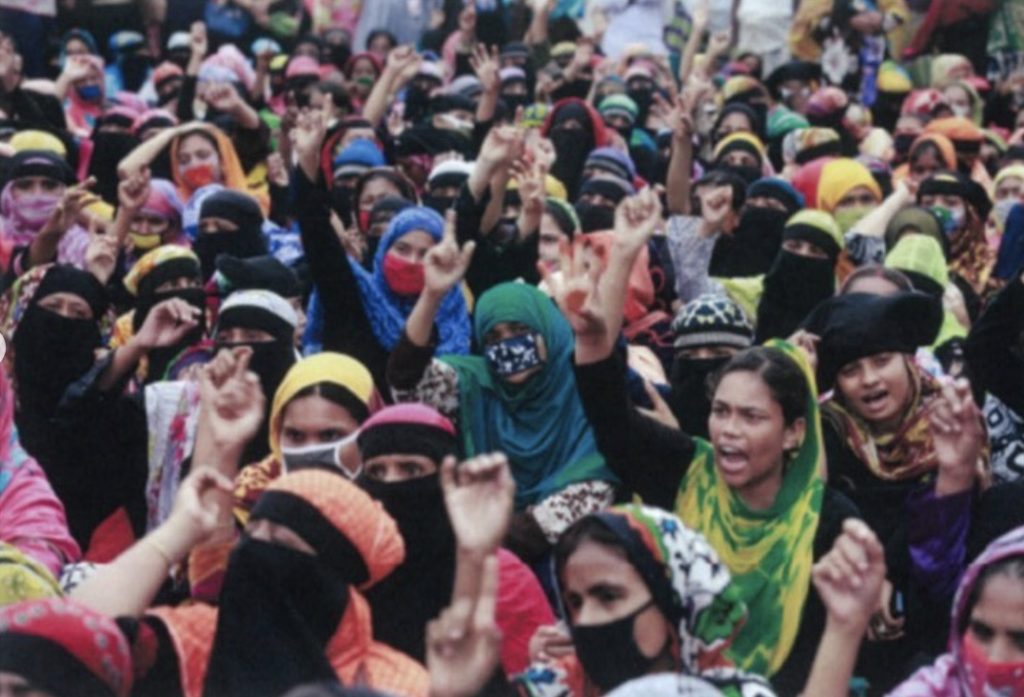



Our next graduate Bethany Miller is a self-described Product development and sourcing enthusiast, focused on sustainable systems.
“Fashion has enormous environmental and social impacts on our planet and there is a dire need for transformation of fashion materials, fashion systems and design practices. This thesis will analyze the global industrial fashion production system, with an emphasis on the relationship between Bangladesh and its trade partners. Bangladesh makes for an interesting example in the realm of fashion studies because the country is known for having the majority of their exports represented by garment production. The questions that guide this research are: How has neoliberal capitalism influenced the country of Bangladesh? And is the business of offshoring providing economic advancement for both the suppliers and the buyers as it intended to? Bangladesh is a major sourcing hub for international brands, for efficient and cheap production systems in place. Unfortunately, these clothes are often produced with significant cost to both the employees and the environment surrounding them. Through qualitative interviewing, this thesis offers a critique of the fashion production system from the perspective of two workers in the Bangladesh production industry, a denim business owner, and the head of a product development department within a knitwear company. The research conducted serves as a micro example of garment supply chains in the current neoliberal system.”

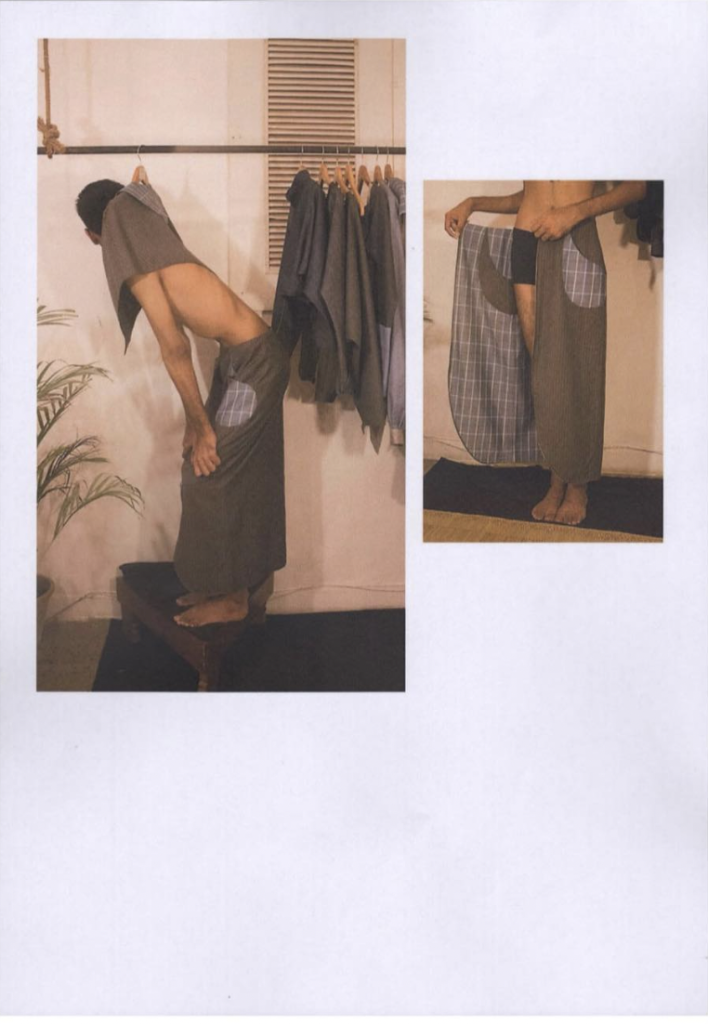
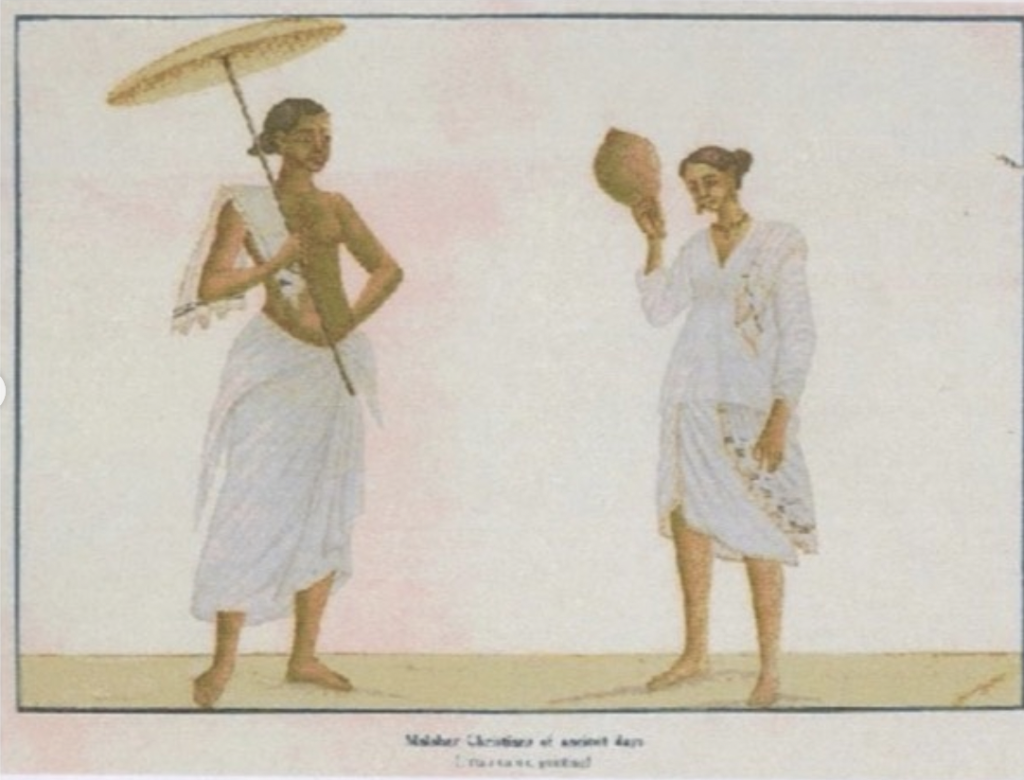

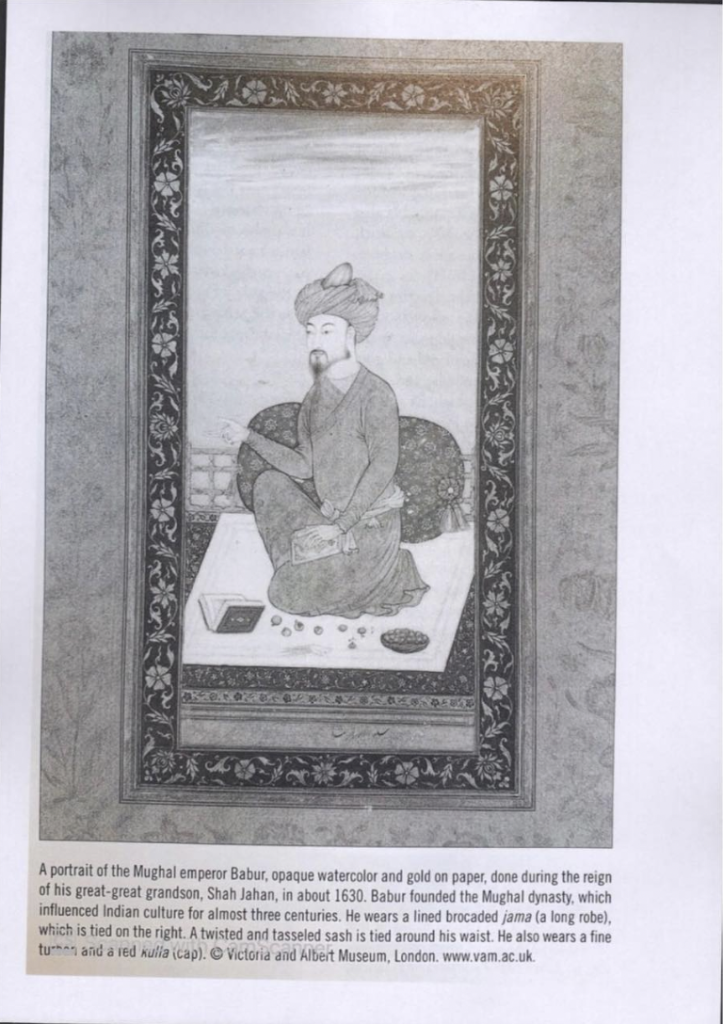
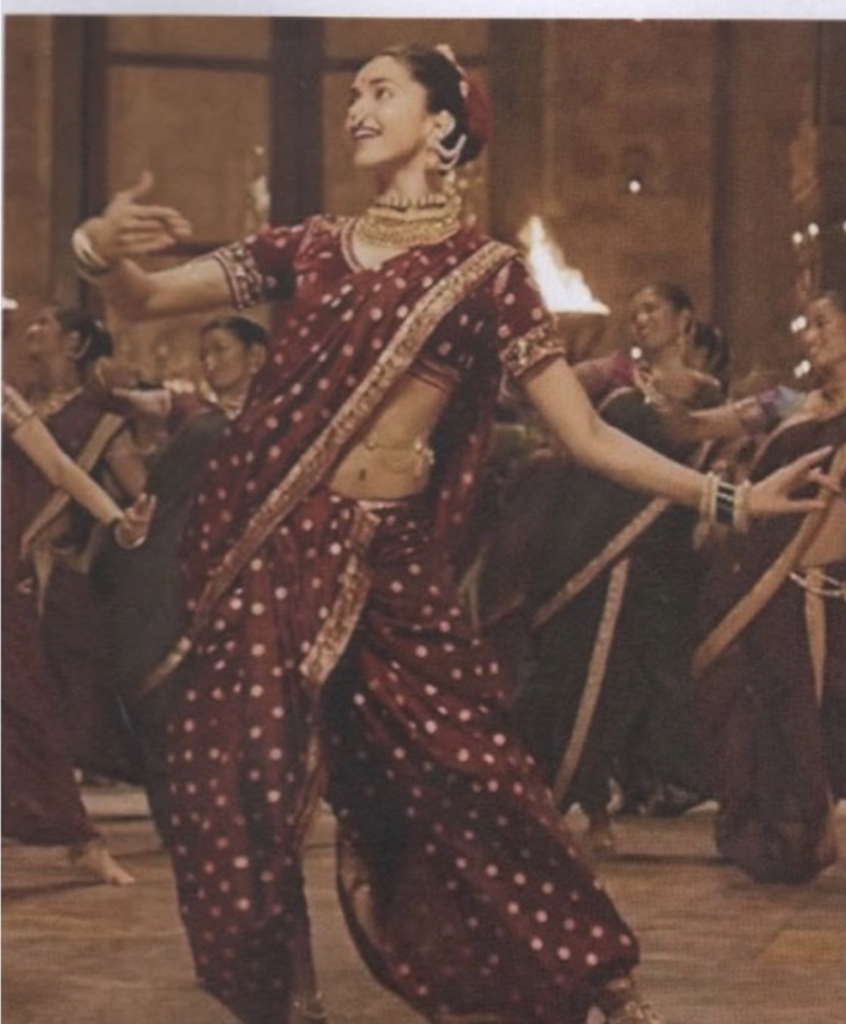
Aishwarya Pureti is a recent graduate with an undergraduate degree in Fashion Design at the National Institute of Fashion Technology, India. Her research interests lie at the intersection of dress and gender studies including her current work on androgynous clothing and its effects on the construction of gender and identity in India.
“Gender fluidity has seen rapid growth amongst designers and consumers in recent years. The diminishing gender restrictions around clothing has led to a whole new fashion movement, making room for much more creativity and expression. My thesis seeks to understand how the factual media discourse in India describes the gender fluid fashion or the ‘new androgyny’ that has witnessed a clear expansion during the period of 2015 to 2021 and its characteristics through a critical discourse analysis. Through this analysis, it looks at the question of why the fashion industry in India waited so long to adopt androgynous clothing in recent times when the country has a long standing history of genderless clothing tracing back to the Hindu Puranas and Vedic Scriptures. It explores a series of theories ranging from gender as being performative to the contribution of new androgyny in constituting identities through its “performative acts” of being gender fluid. This thesis aims to investigate and uncover the symbolic systems and reinforced boundaries that have been strengthened over time through dress and performativity.”
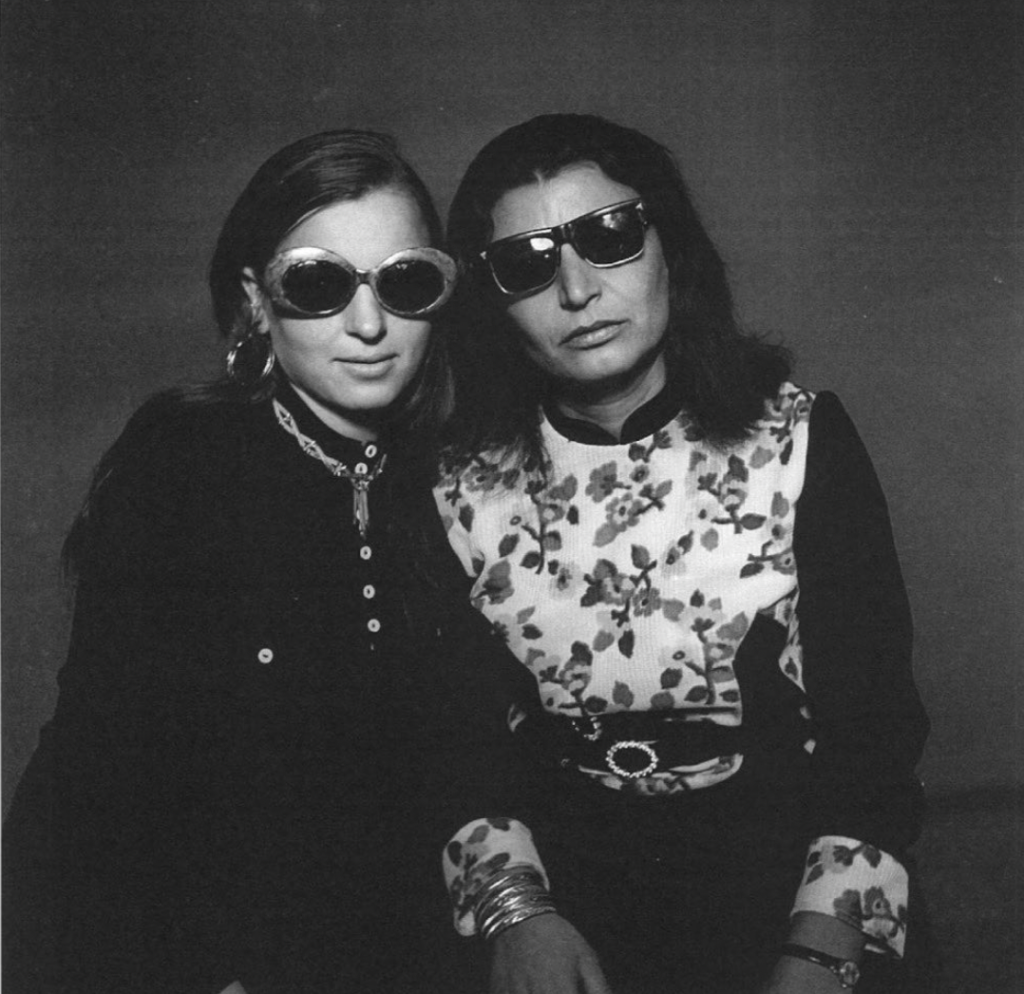

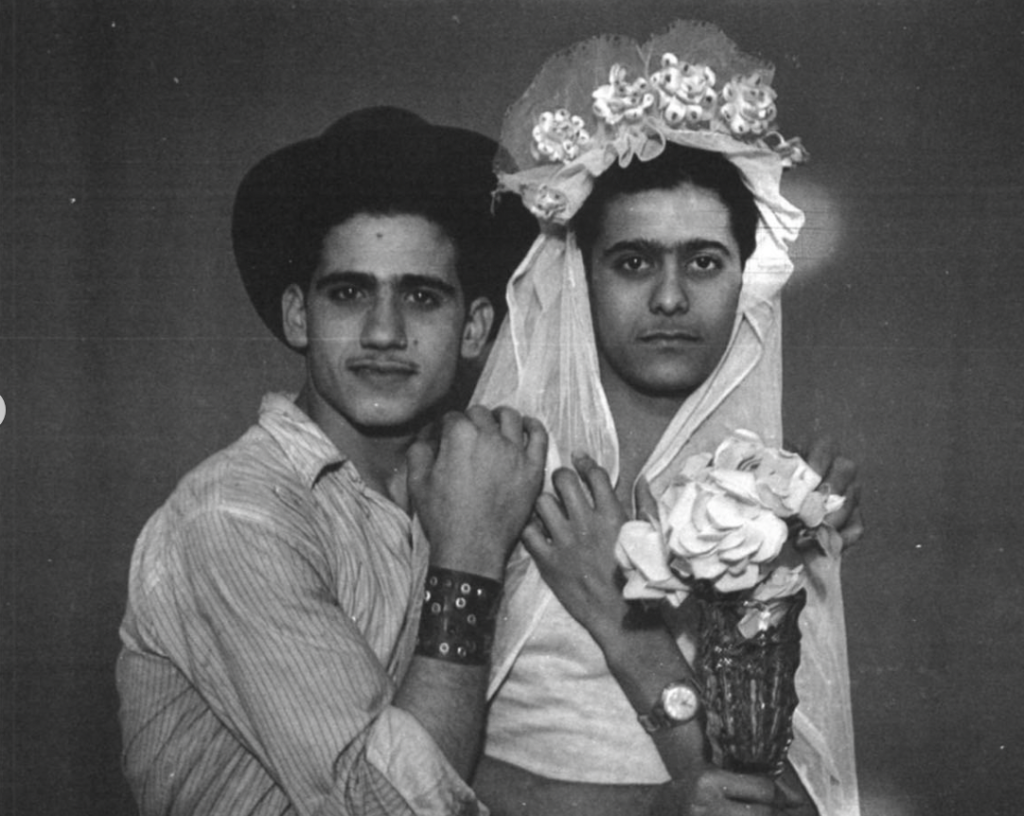
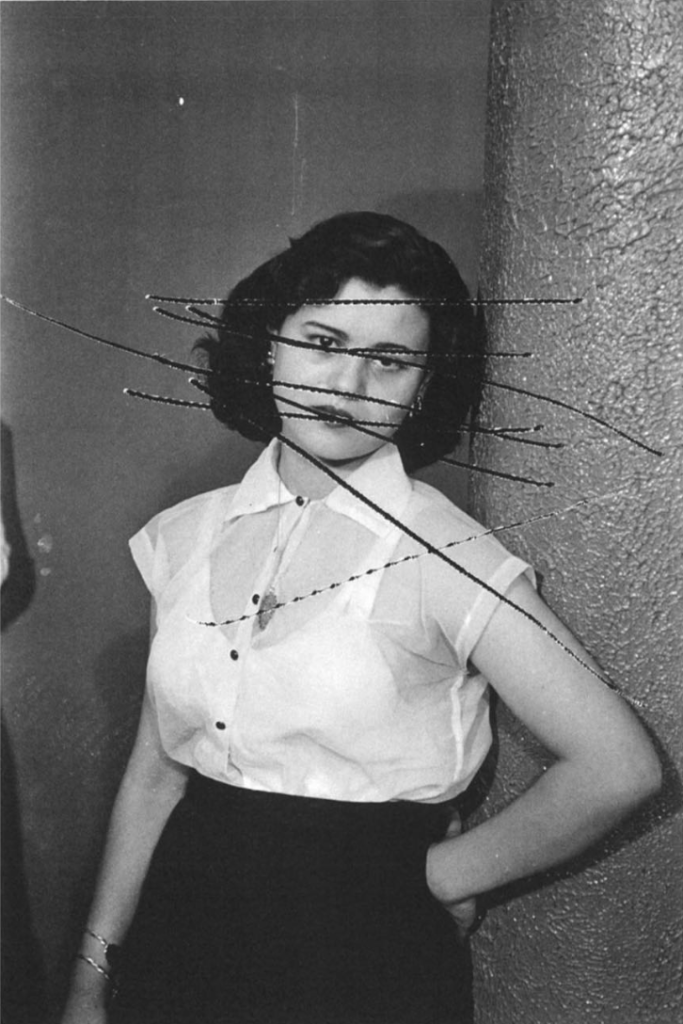
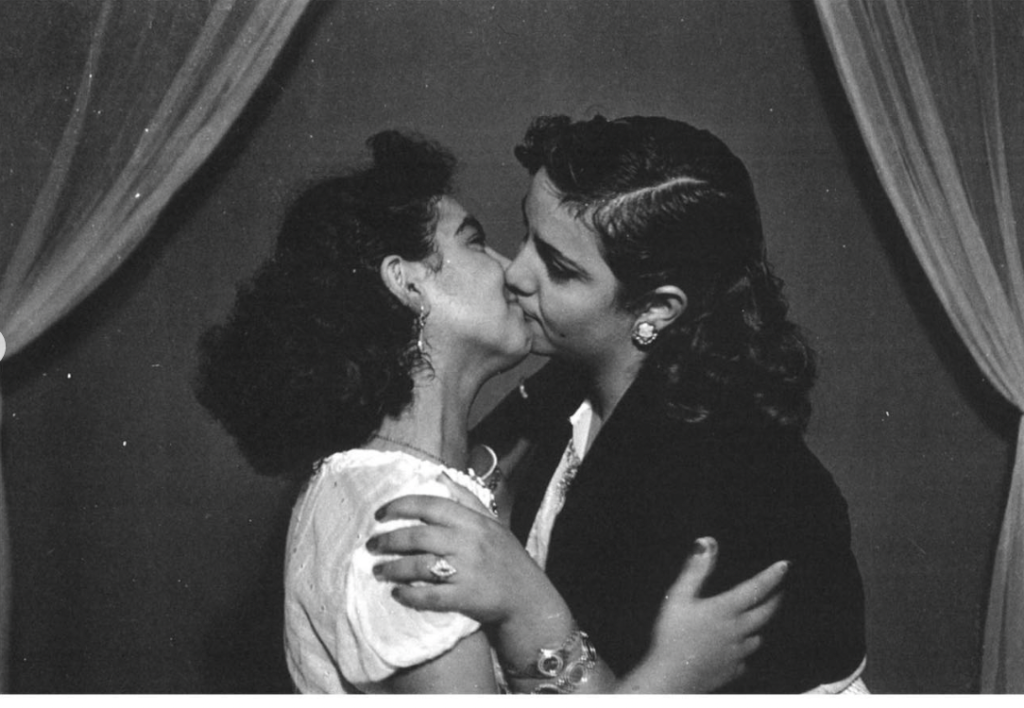

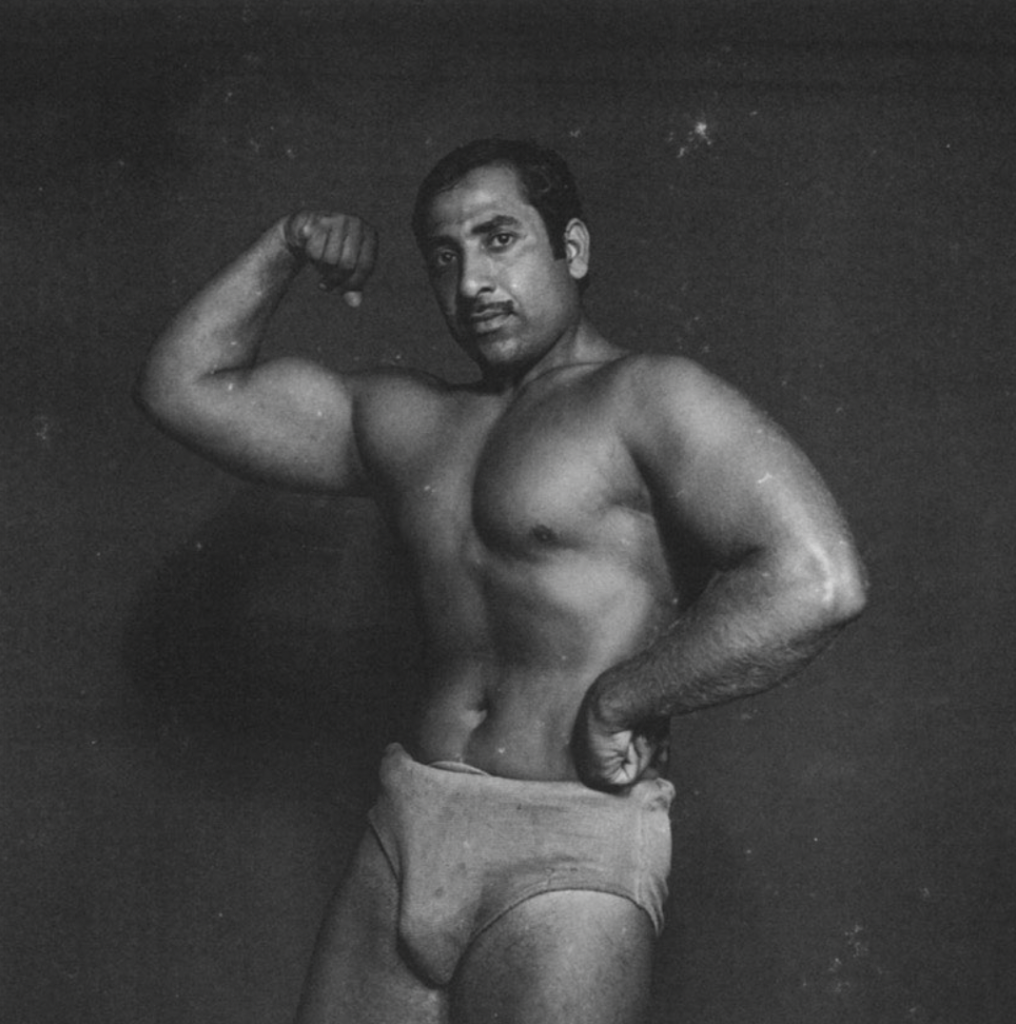
Experienced in communication and production within the field of art and fashion, Rhea Saad is an MA graduate in Fashion Studies. Her research is mainly focused on the multiple intersections between material culture, memory, identity and the body as well as heritage, and finally challenging the hegemonic history. This exploration is a passionate process through which she emphasizes on the importance of engaging with archival material in order to make sense and innovate the performance of the present.
Building upon exploring the social role of photographic studios, the aim of this thesis is to investigate the role of portrait photography in relation to representation and identity formation within the space of a photographic studio, during the Lebanese golden age (from the 1950s till the mid-1970s). By taking as a case study Studio Shehrazade, a commercial photographic studio located in the South of Lebanon to anchor my research, I am particularly interested in exploring the ways in which Lebanese living in Saida experimented with photography as means of defining new social identities. It explores the representations of both men and women in photographs, not only drawing from gender expressions, but also experimenting with identities from different social classes and geographic places, through the practice of self-fashioning.
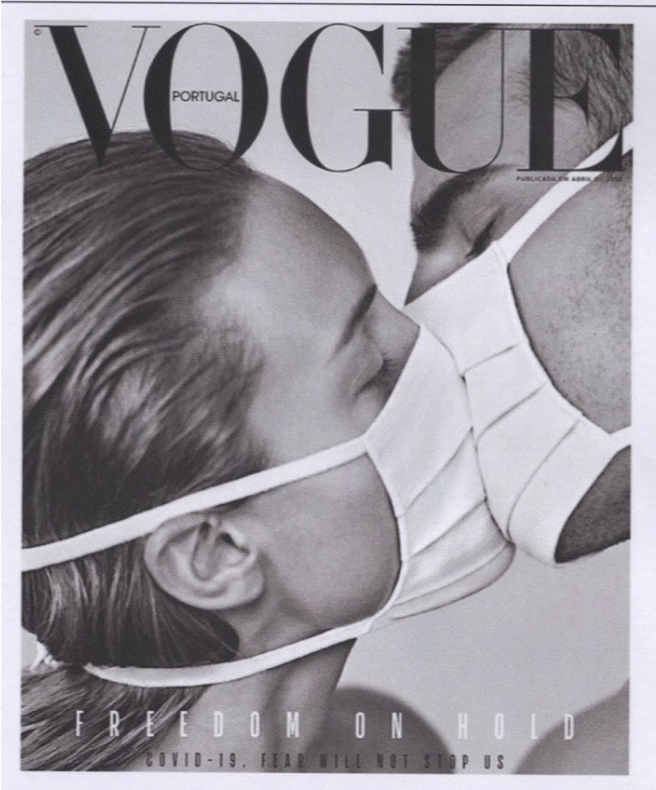
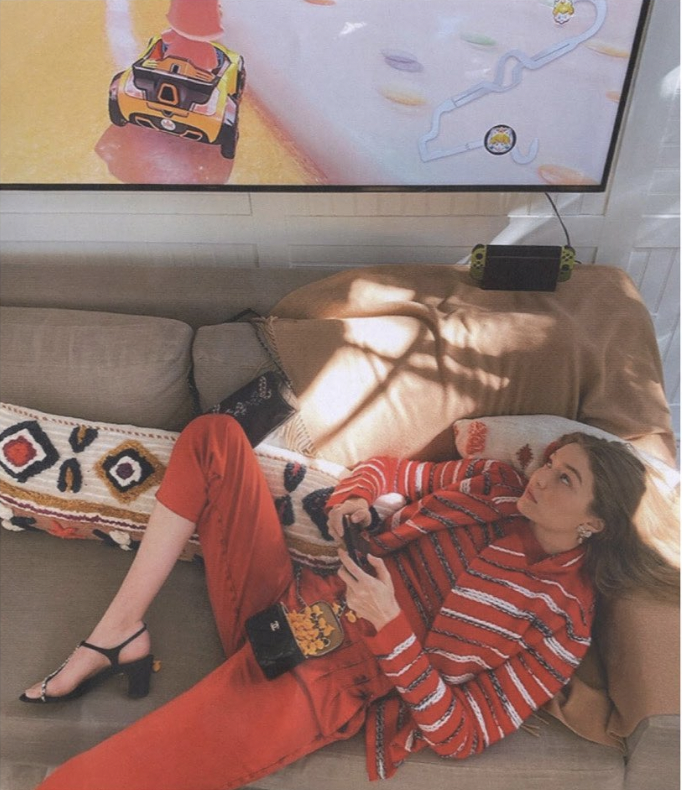
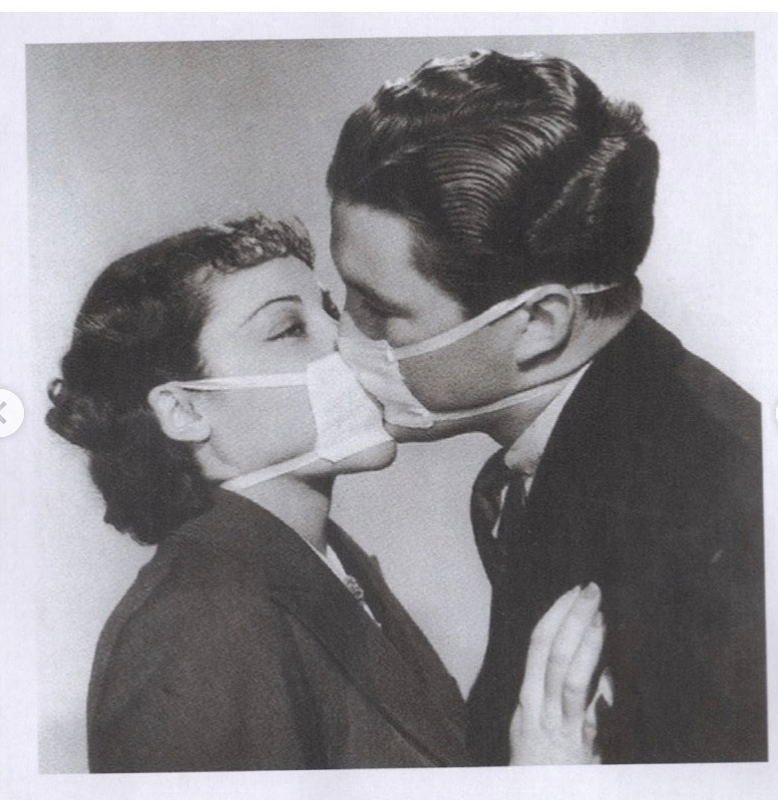
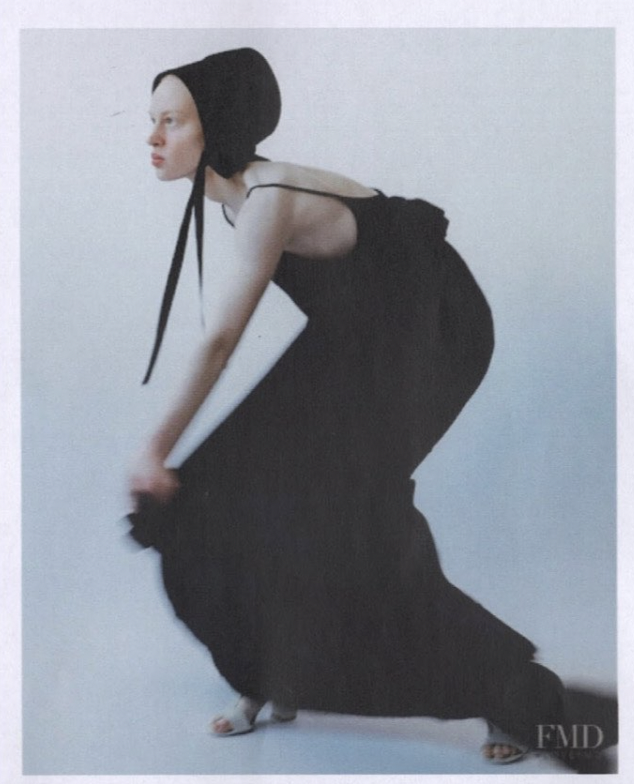
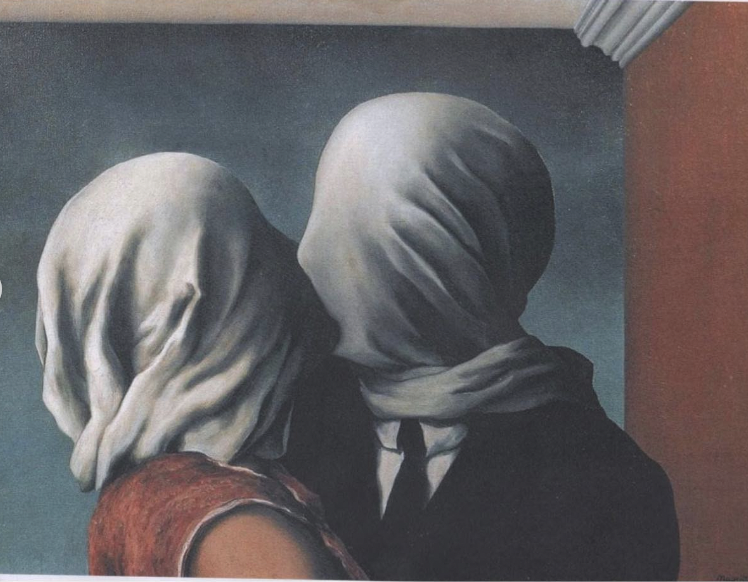
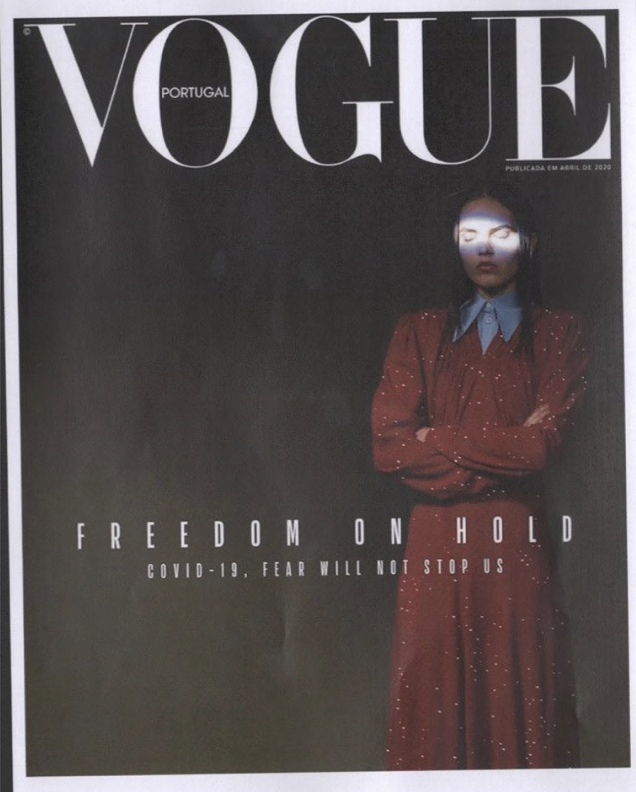

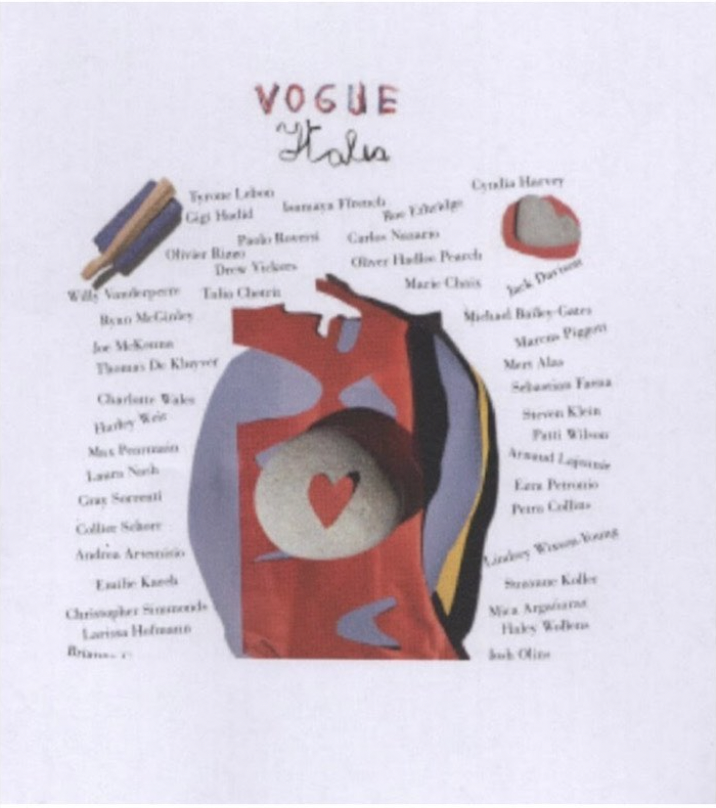

Our next graduate is Noyonika Sircar a fashion writer and enthusiast.
The pandemic has charged the new channels of digital communication like Instagram and Twitter to open spaces of negotiation and discussion. By gathering an audience of industrialized consumer society and with the rise of image sharing, the digital surge has added another layer of meaning to everyday life, encouraging social realities to construct from online experiences.In terms of fashion, the industry has paused to rethink. Churning creativity from the chaos and missteps, underpinning the significance of ‘staying at home’ and ‘staying together’,fashion has addressed the difficulty of these unprecedented situations, either in solidarity of the time or to evoke a mediated reaction.
By capitalizing on the adversaries of the Covid crisis, fashion has successfully commodified the social turbulence, adopting a political stance. This thesis explores the blurred lines of fashionable politics with two case studies, considering the aftermath of production of the images in Vogue Portugal and Vogue Italia in April 2020. Both magazines represent the Coronavirus pandemic offering a visual commentary on the crisis. For the April 2020 issue, the magazines represented the relevant spectacle of the times, rather than their popular generic top-fashion imagery. Vogue Portugal, like its other issues, decided to highlight the new element of today, ‘the mask’ commenting on the paradoxes of our new day-to-day life, depicted by a couple kissing wearing face masks under the title ‘freedom on hold’.Vogue Italia, at the very last moment decided to release a white cover because white represents rebirth and respect for the health care workers, in solidarity with the challenging times.

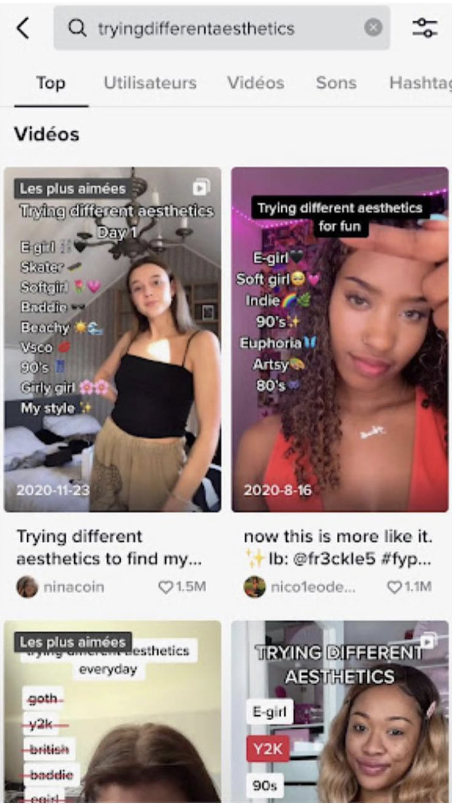
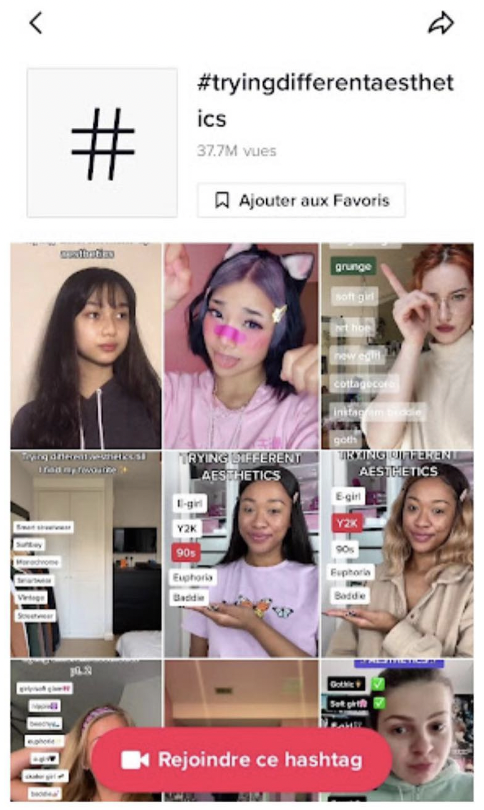
Violet Thompson completed her undergraduate degree in Finance and her thesis project focused on the spread of fashion among communities of young adults on social media app TikTok.
This thesis explores the #tryingdifferentaesthetics trend on social media platform TikTok, a video-based entertainment app which caters to young adults. By examining the trend, in which young users, mainly women, create a series of videos where they dress in the styles of popular “aesthetics,” this thesis examines online self-presentation through the concepts affect theory and post modernism to examine the relation of the videos to time, gender, and identity. TikTok, which functions based off an algorithm, encourages users to create close-knit groups around shared values and identities, and the performance of this trend functions as a form of self-categorization for the users who participate, often in an attempt to find their own individual styles while connecting with other users who identify with these “aesthetics”. Through digital ethnography, this thesis contributes to the recent addition of academic research on the platform TikTok, and youth culture, gender, and identity formation in a highly digital world.
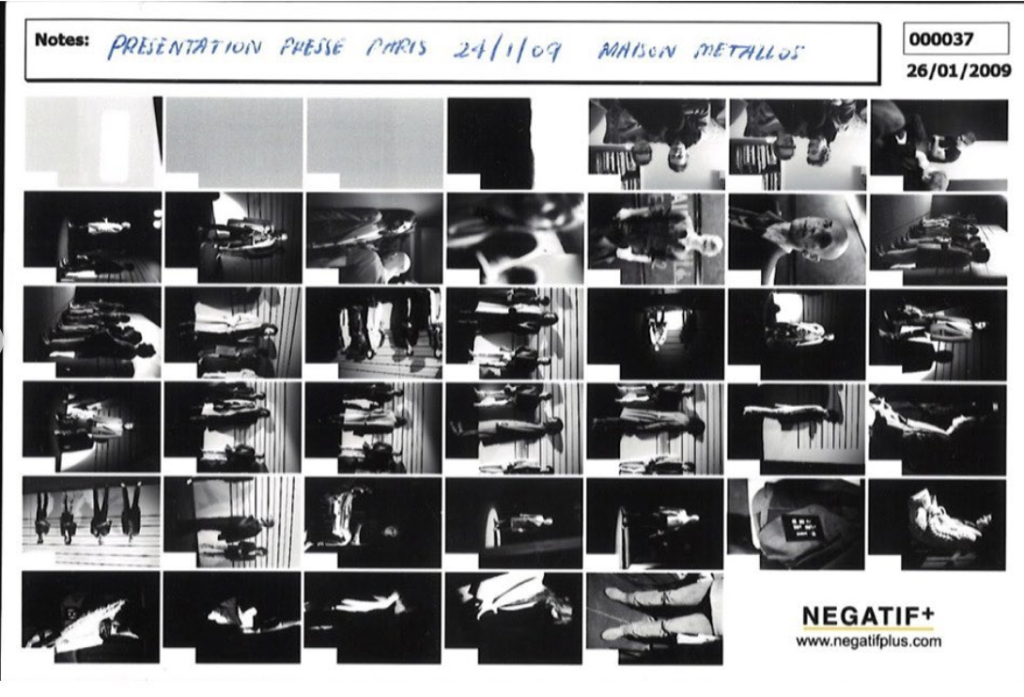

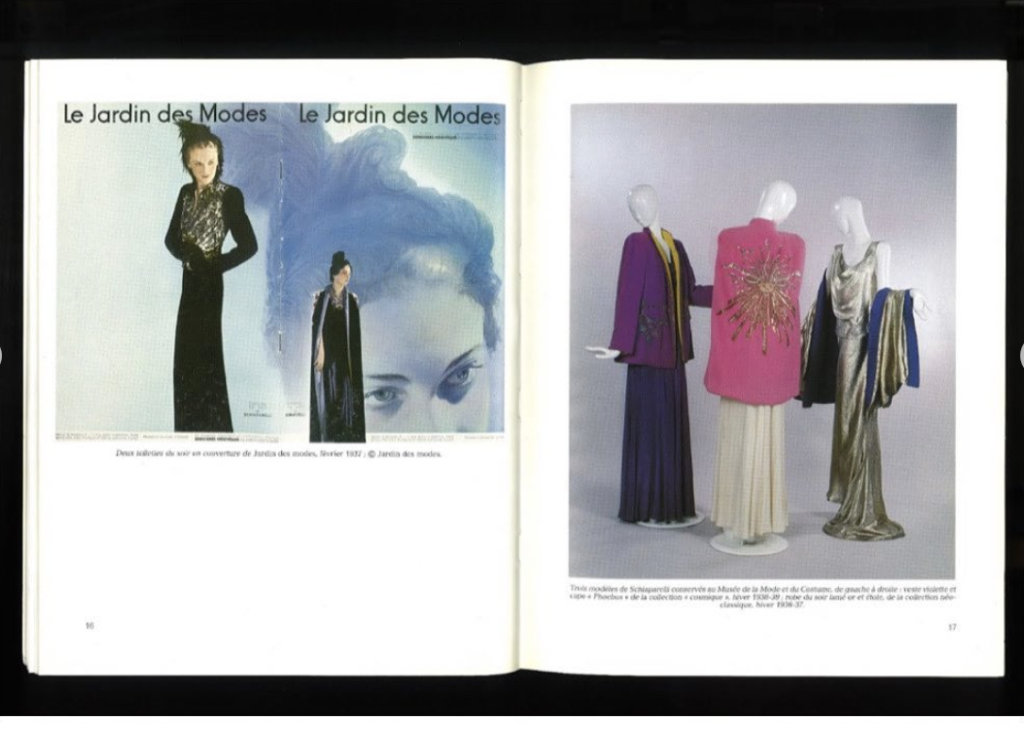
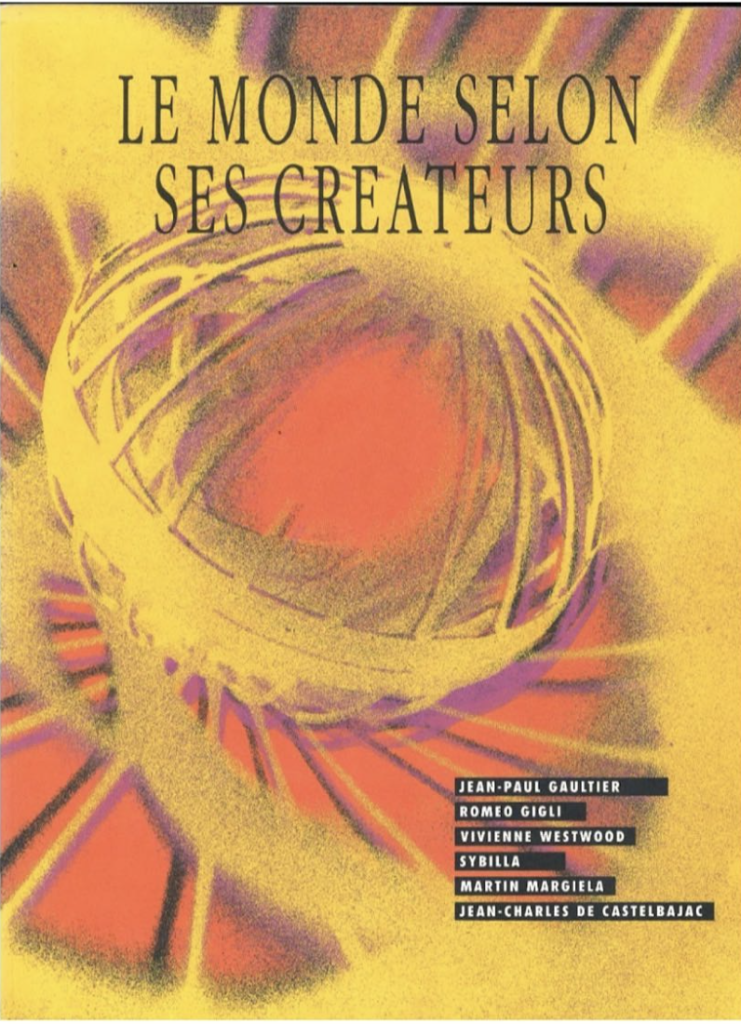
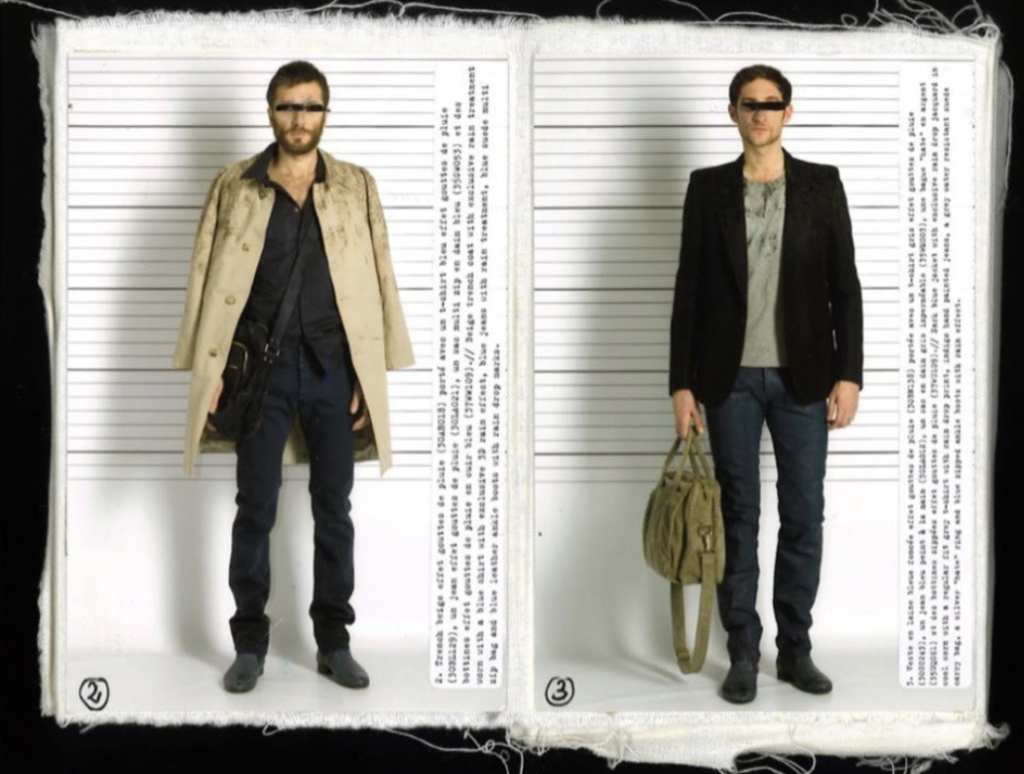
Ilaria Trame is a recent graduate in Fashion Studies at Parsons Paris interested mainly in the field of archival research. She previously graduated from IUAV University of Venice with a Bachelor Degree in Fashion Design.
Ilaria’s thesis explores the multiple identities of a fashion library. It investigates the possible natures of a fashion library by analyzing the heterogeneous materials that can be part of its collection as well as the history of certain selected cases that have never been studied and that participate in an unwritten history of fashion libraries at large. By acknowledging the ontological characteristics in the structure of a fashion library and showcasing the wide range of differences and similarities in materials that a library can archive, she shows and contextualizes the contemporary emergence of a trend in discoursing and rethinking fashion libraries and the re-evaluation of this genre.
The thesis explores three case studies that will serve as a means to map the different types of libraries: the library of Palais Galliera Musée de la Mode de la Ville de Paris, the library of RareBooksParis and the International Library of Fashion Research in Oslo.
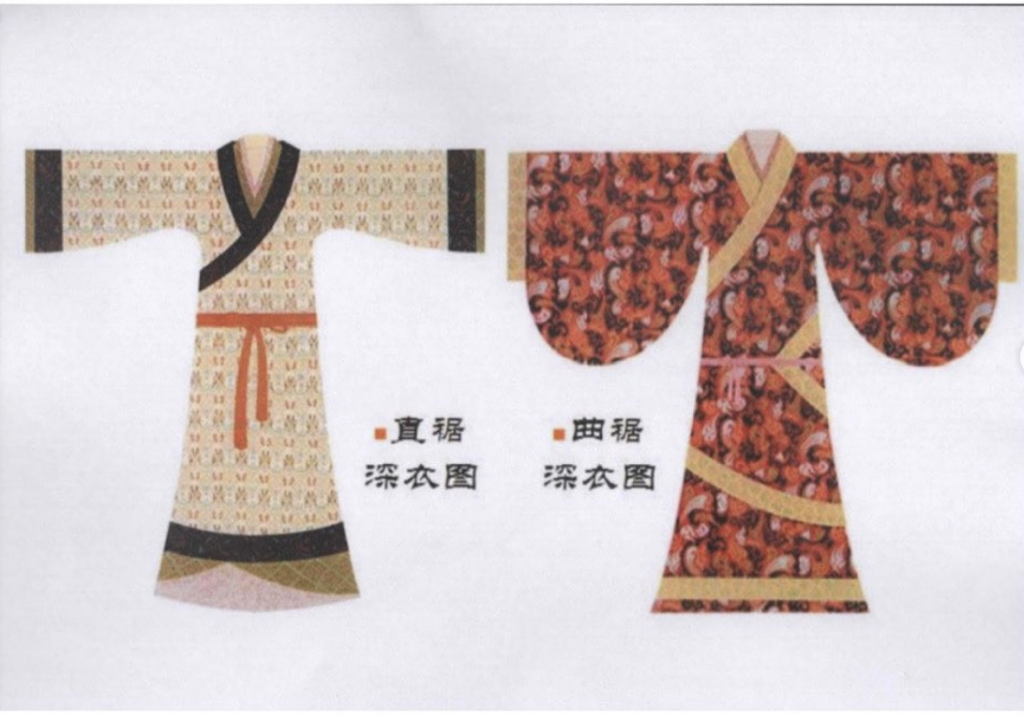

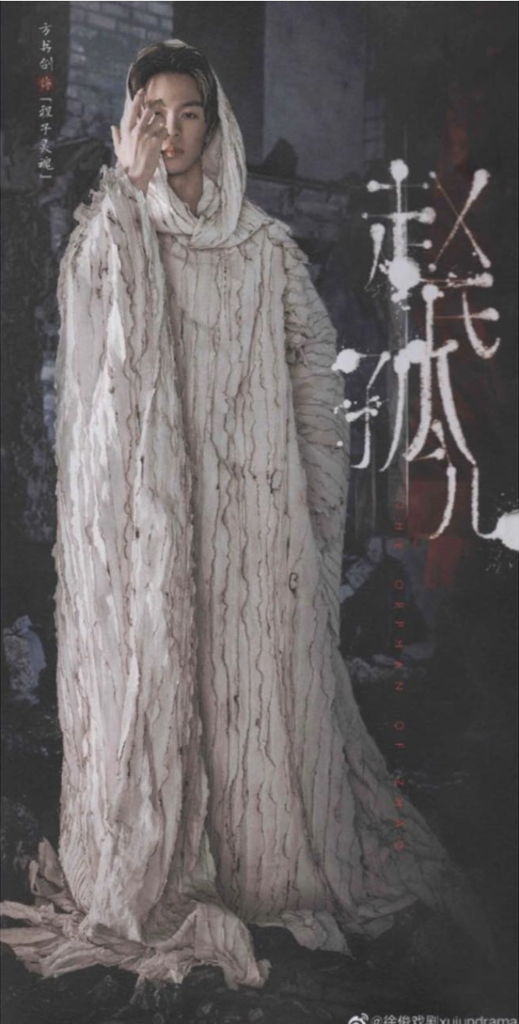
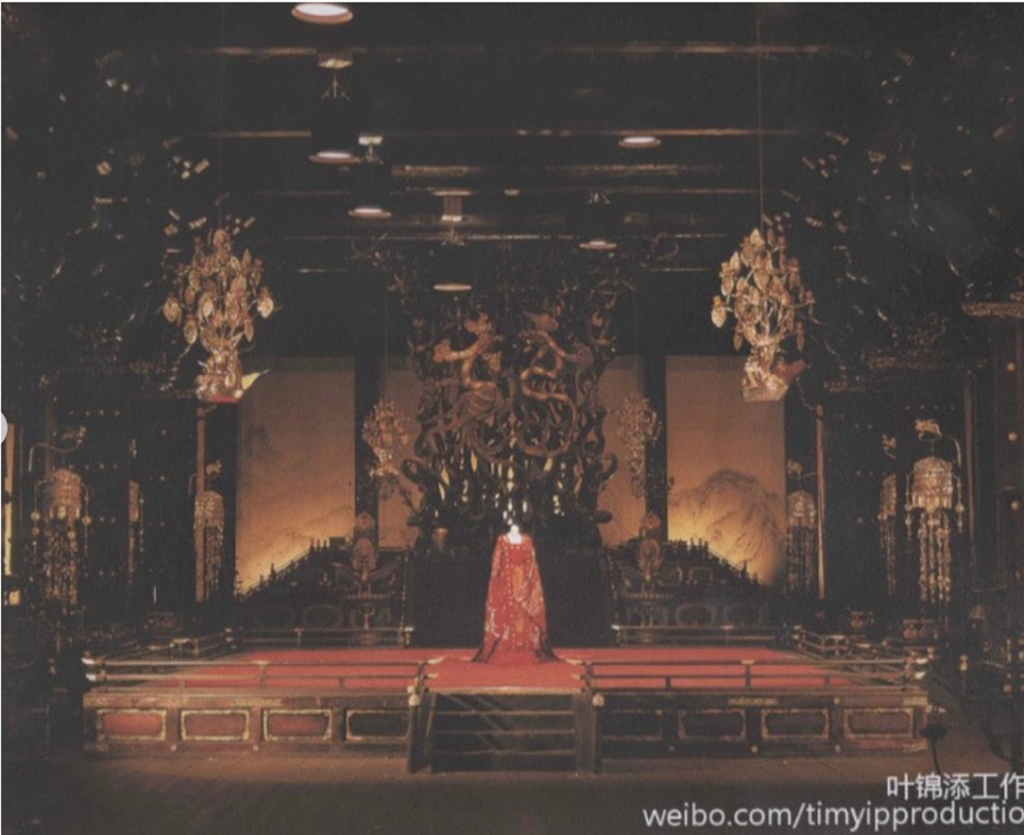
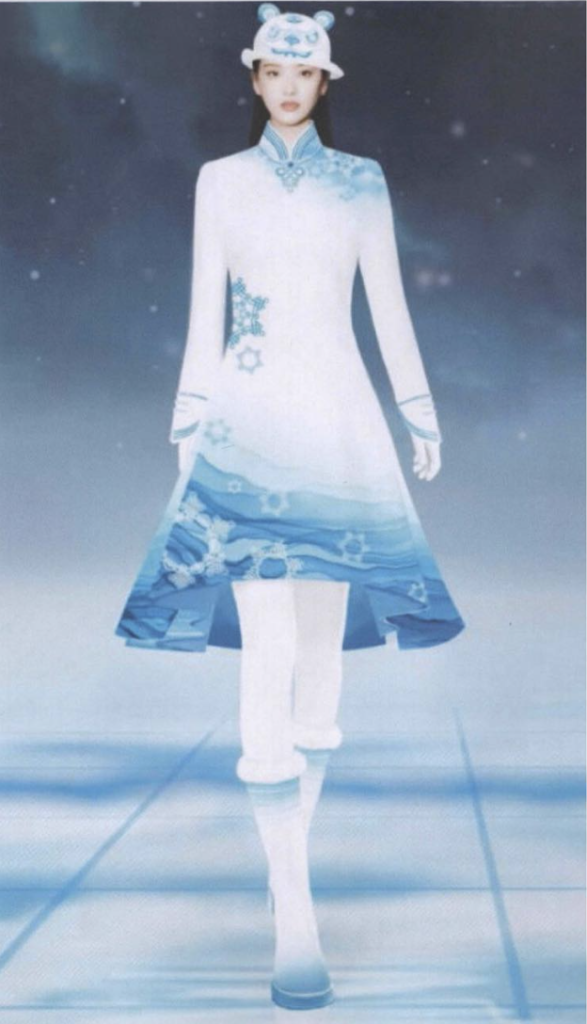
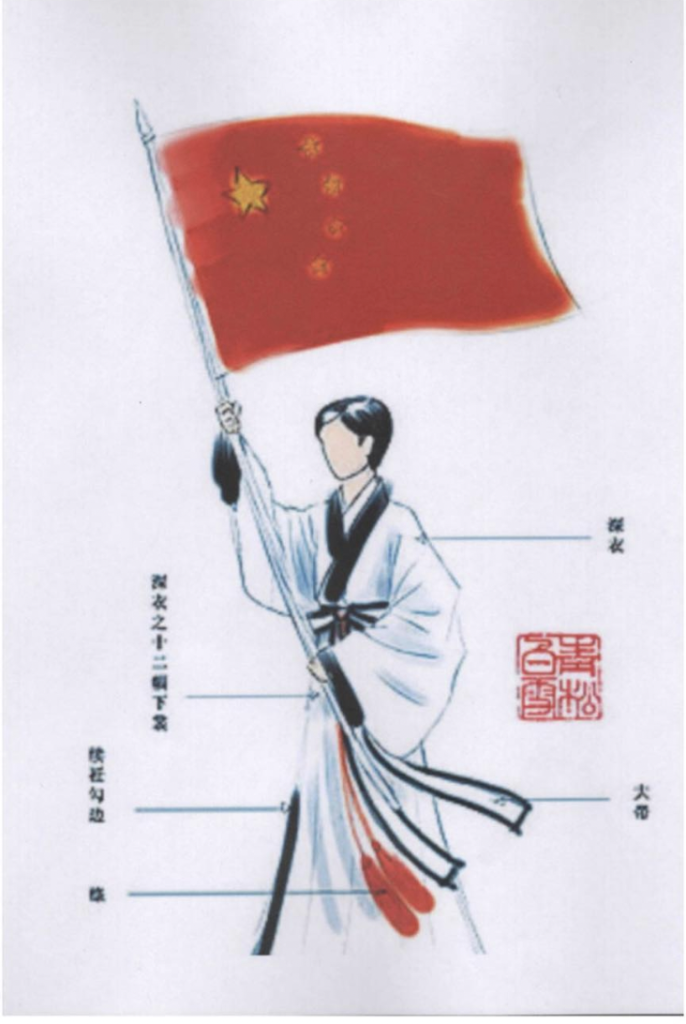
Our final 2022 graduate is Jiaxuan WU. Jiaxuan is from China, and obtained Bachelor’s degree in International Communications from the University of Nottingham, and a Master’s degree in Film Exhibition and Curation from the University of Edinburgh.
The thesis worked to define ancient costume production as a site of meaning production in cultural history. That is the product of interpreting history in terms of current cultural codes, intending to explore the historical roots and core of the cultural formation. It is divided into two categories based on aesthetic style, realism, and XieYi. Firstly, realistic ancient costume dramas require historical archetypes and foundations, so the costumes need to restore historical authenticity by mimicking the standards and elements documented in history. The “socially performed selves” based on historical norms and the “metaphorical inner selves” given by contemporary creators build the characters’ overall identities mutually, making them reasonable to live in the past and behave in a way understood in the present. In contrast, XieYi is characterised by a post-modernist style, in which the feel of the costume, together with the surrounding props and scenery, forms a general atmosphere, which becomes a tool to help the characters define time and space instead of the rigorous scrutiny of grain and pattern in realistic works. With no restrictions on historical authenticity, the elaborate dress code is abandoned in the costumes, which are reduced to a visual symbol, an aesthetic code for contemporary interpretation.